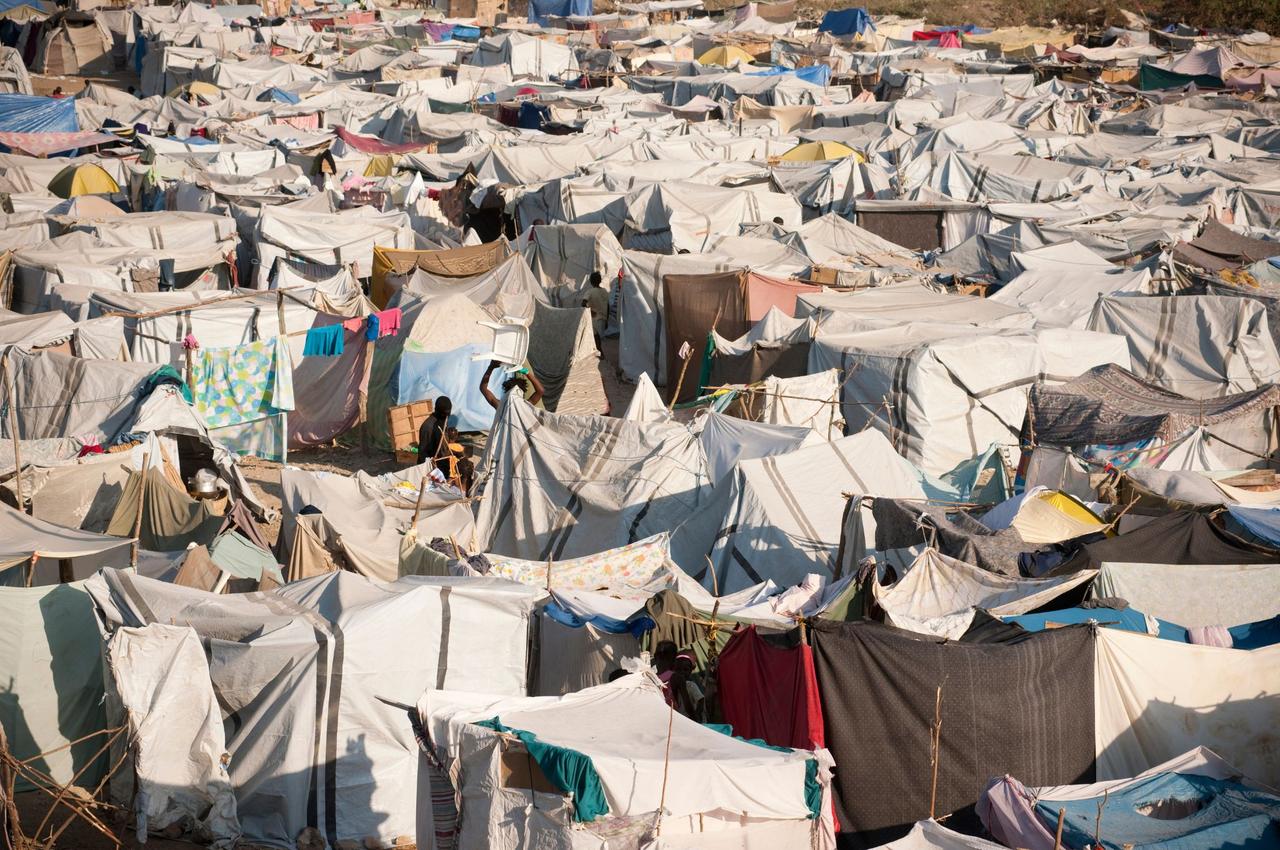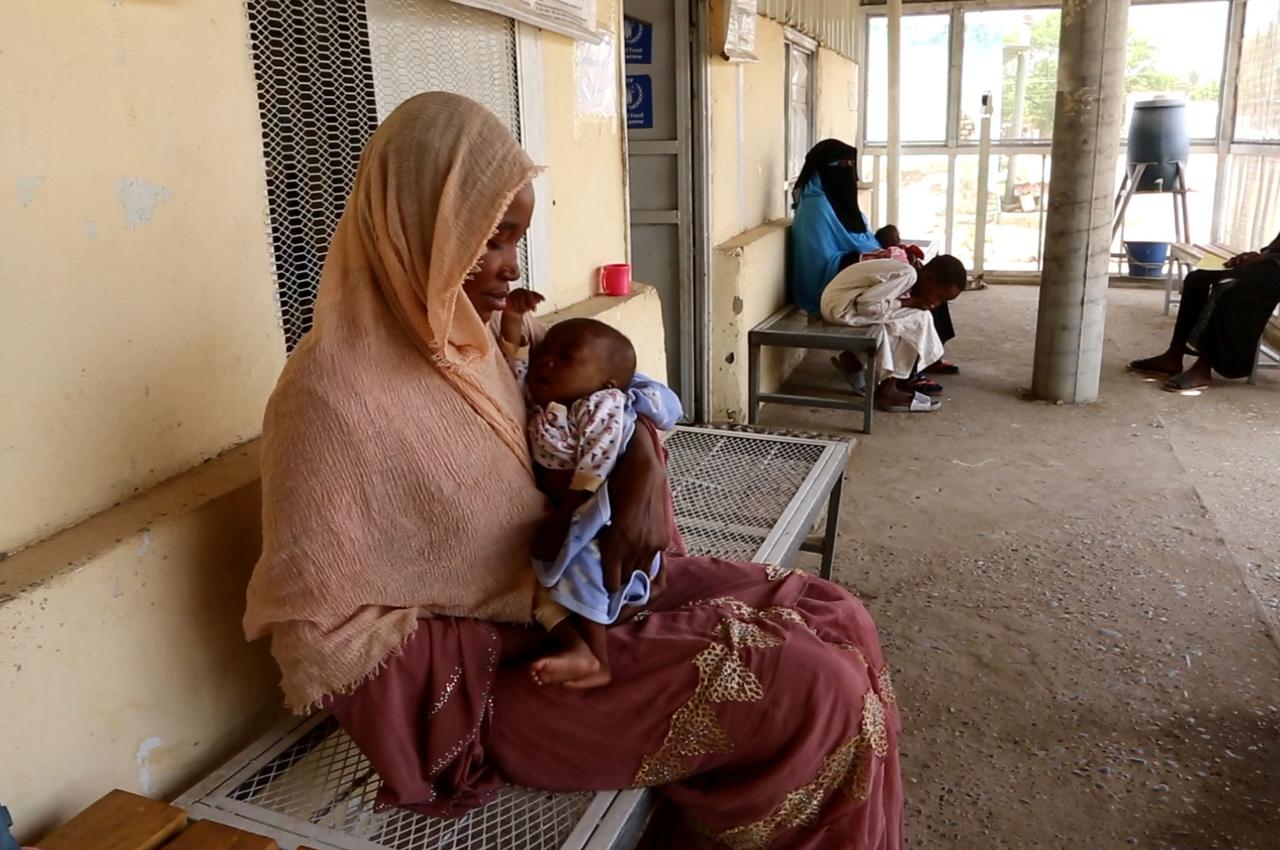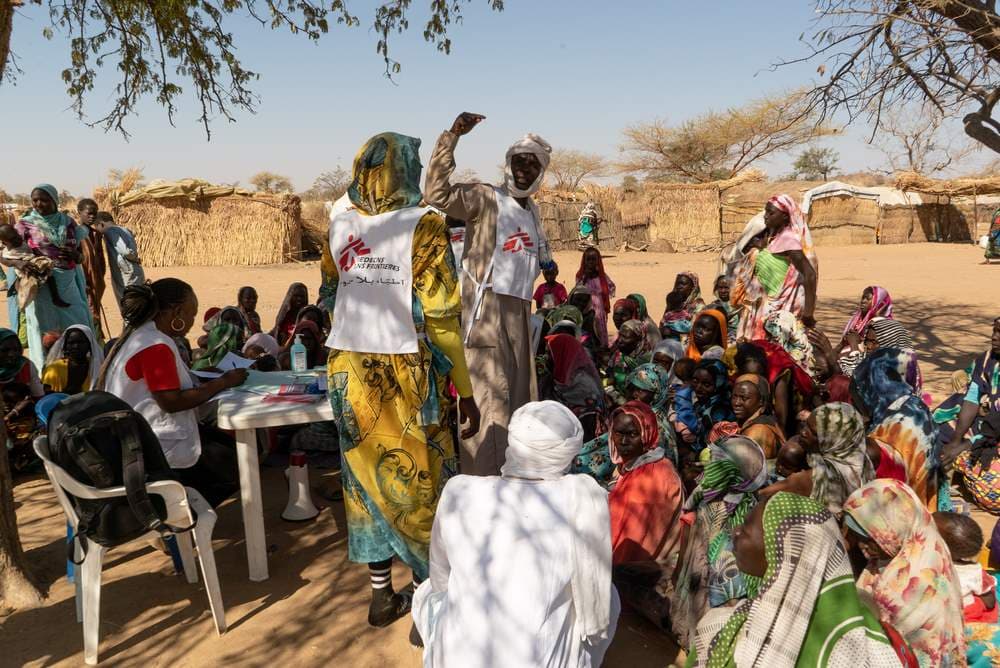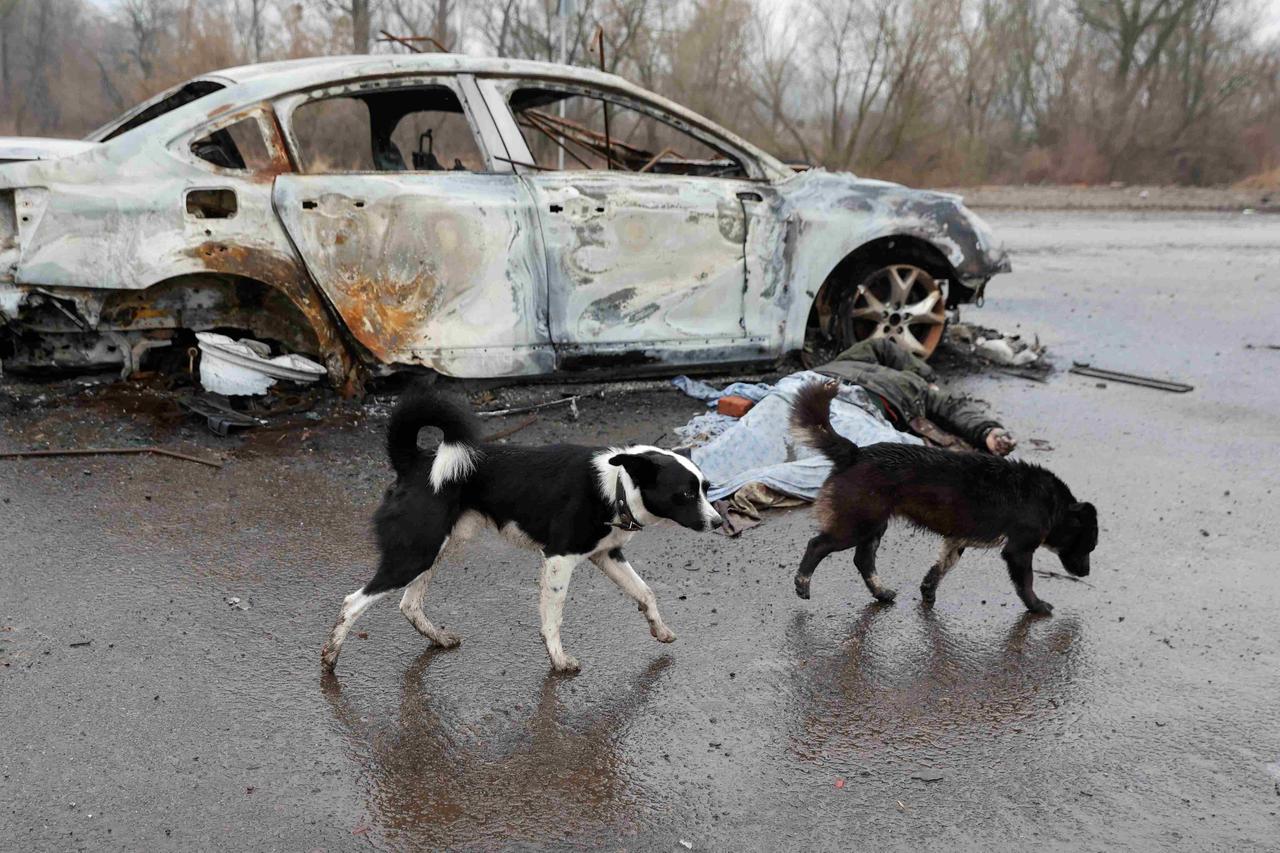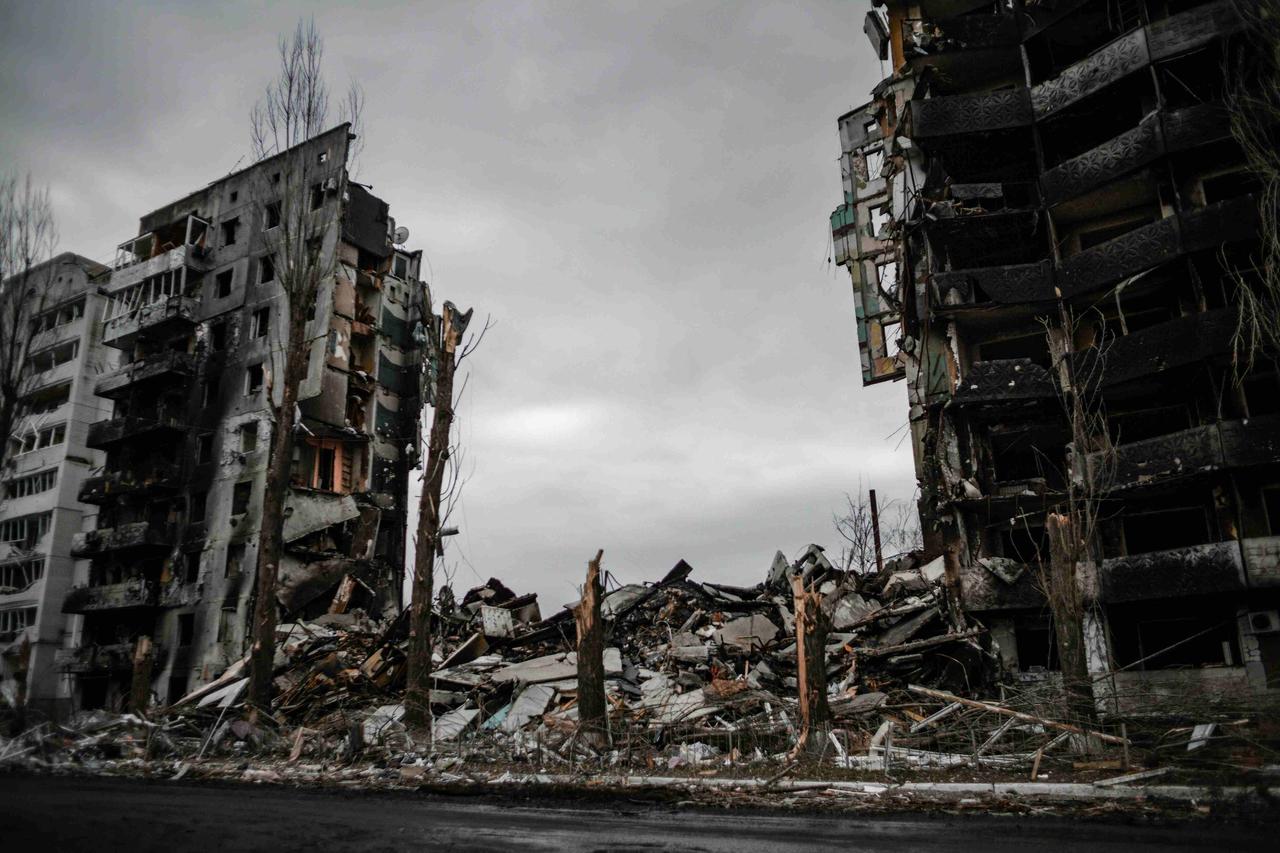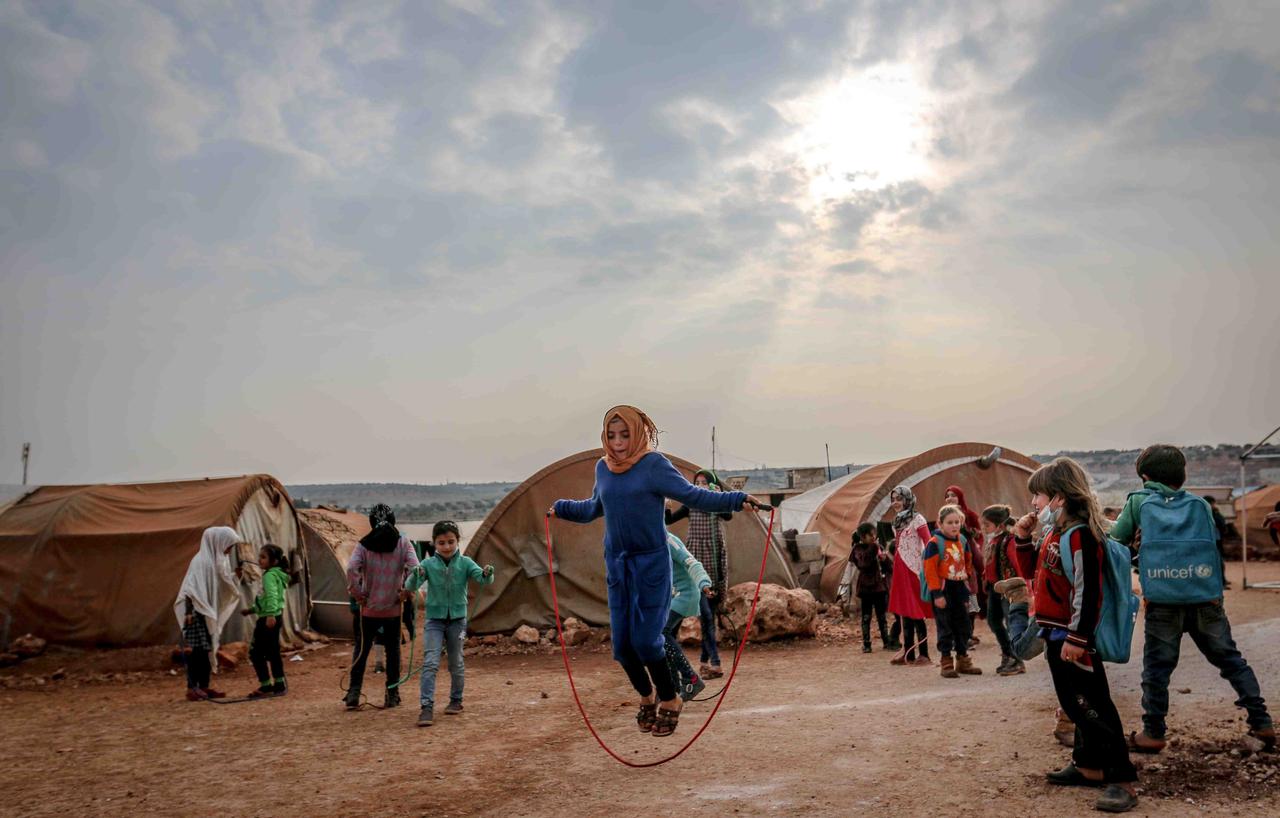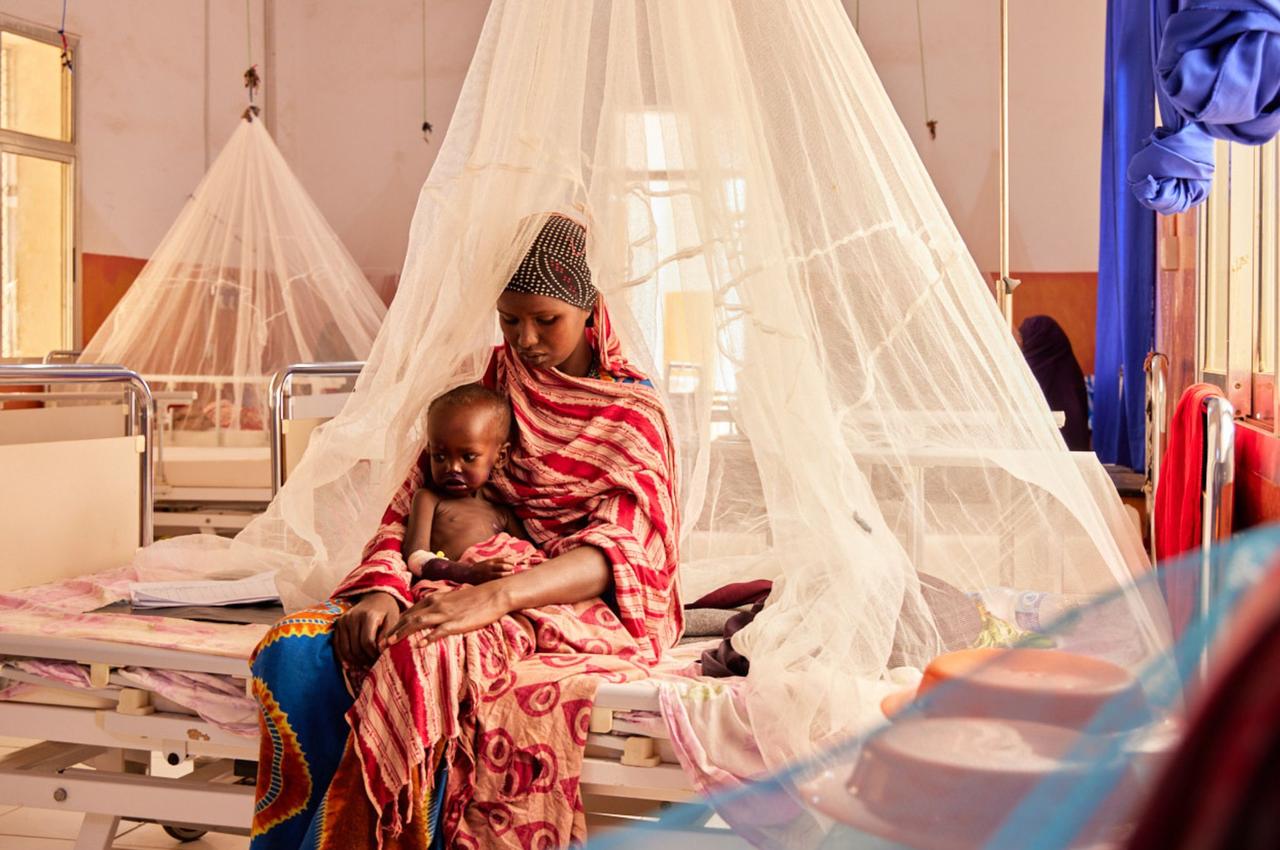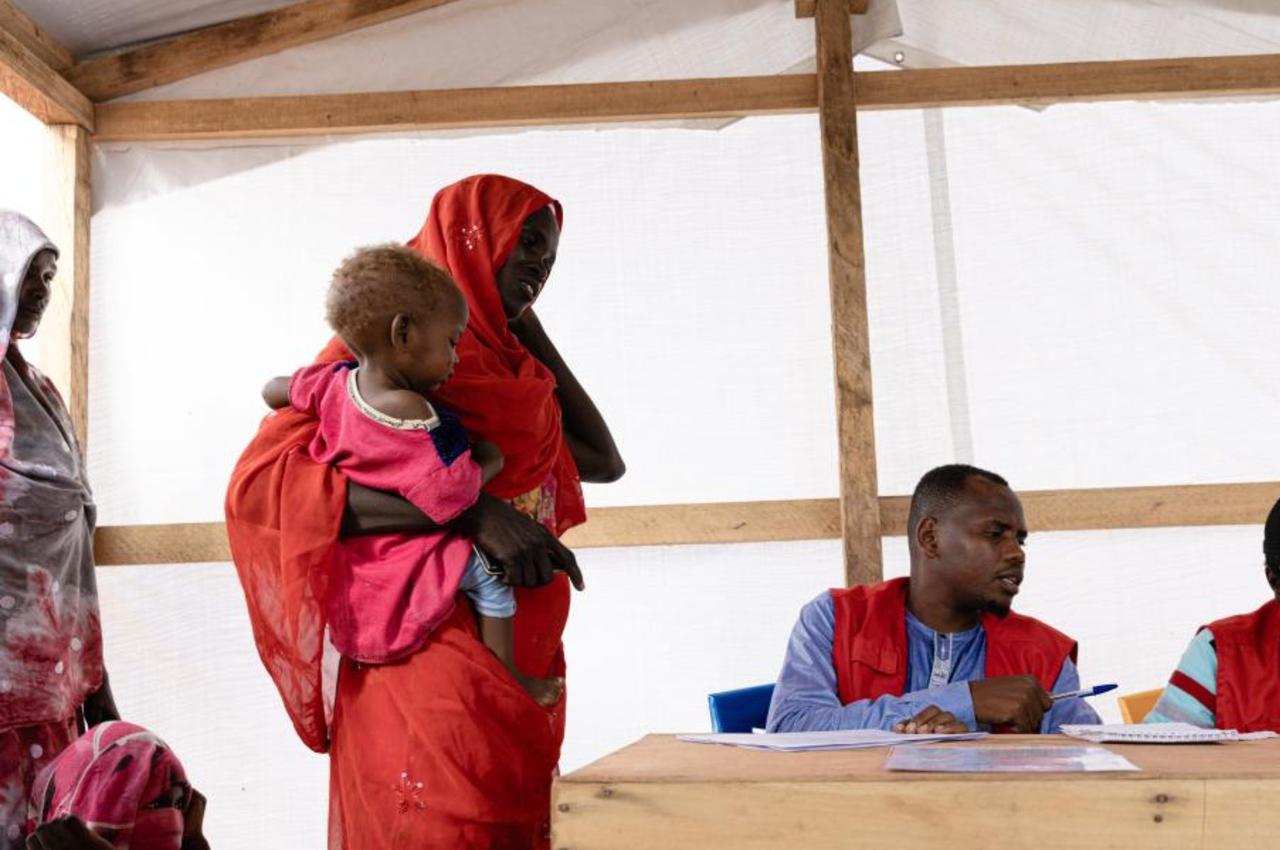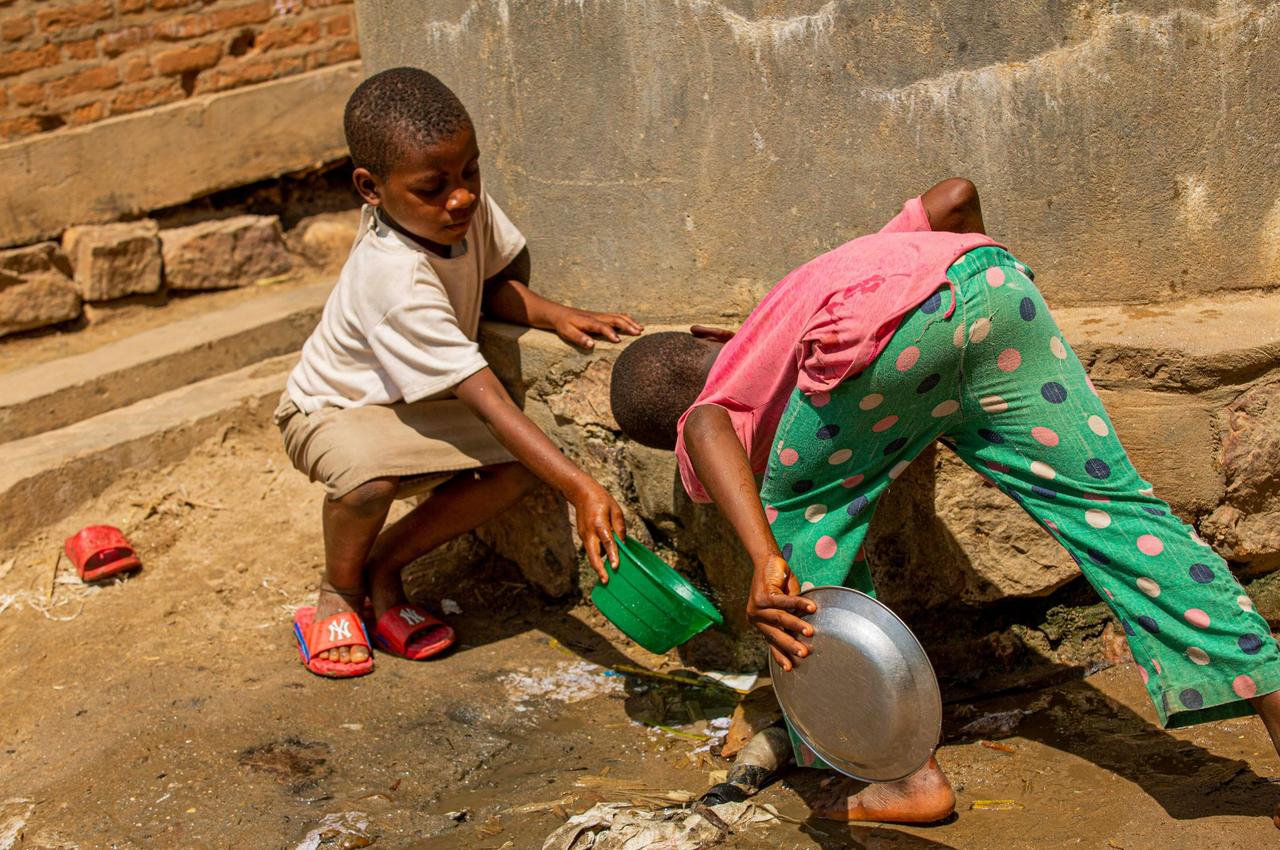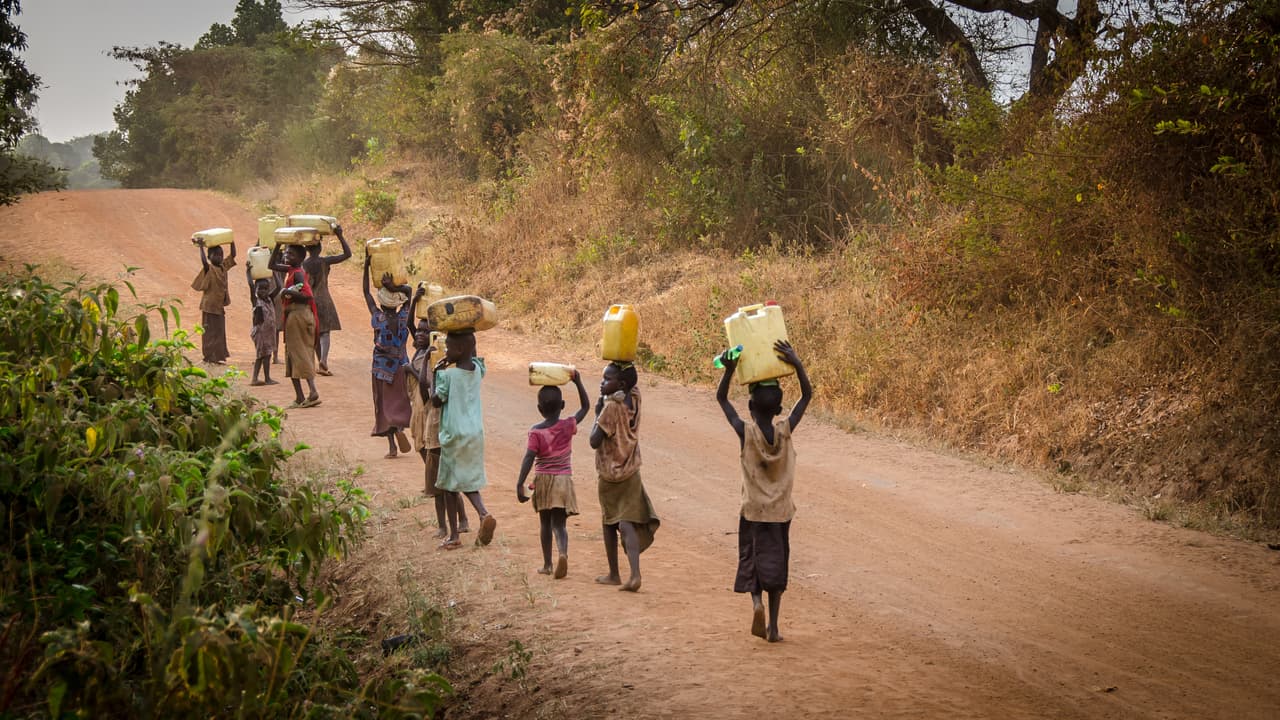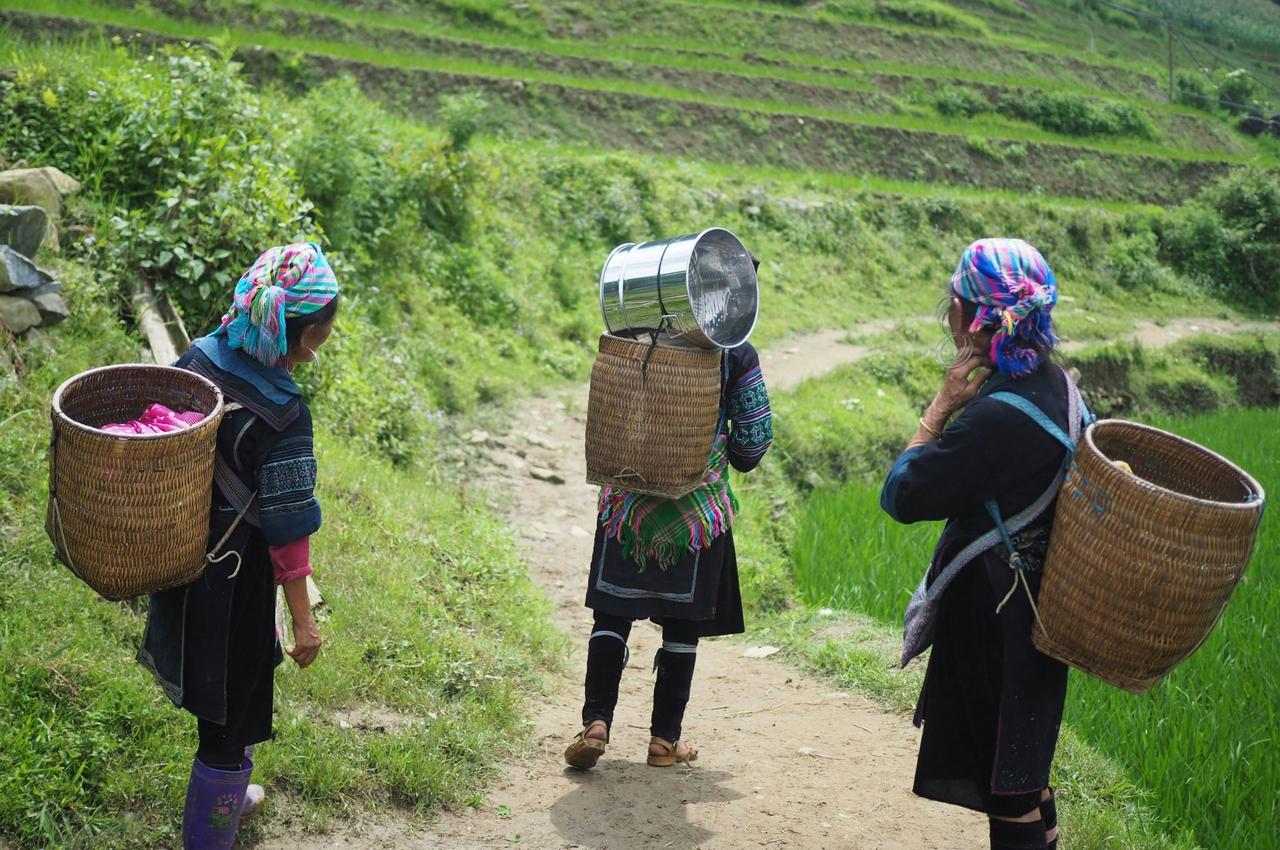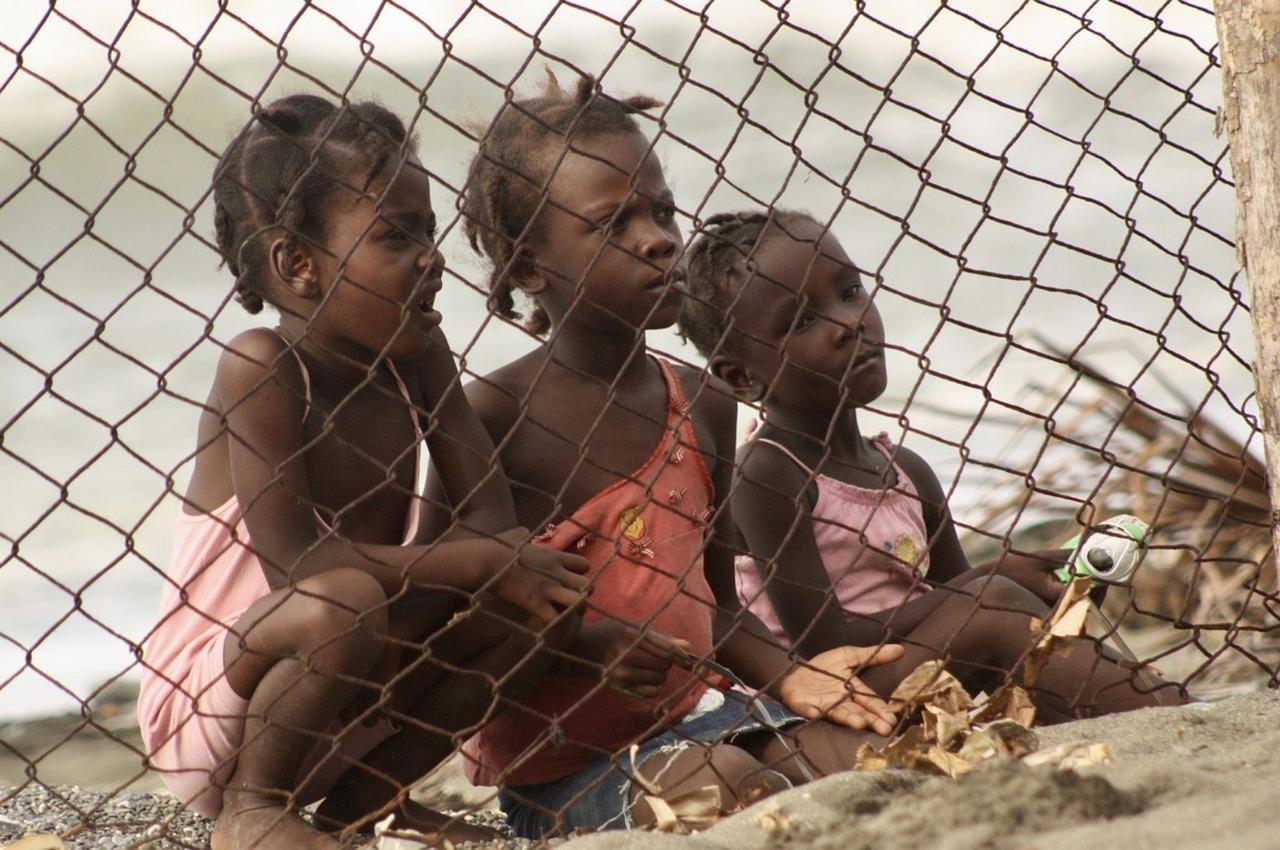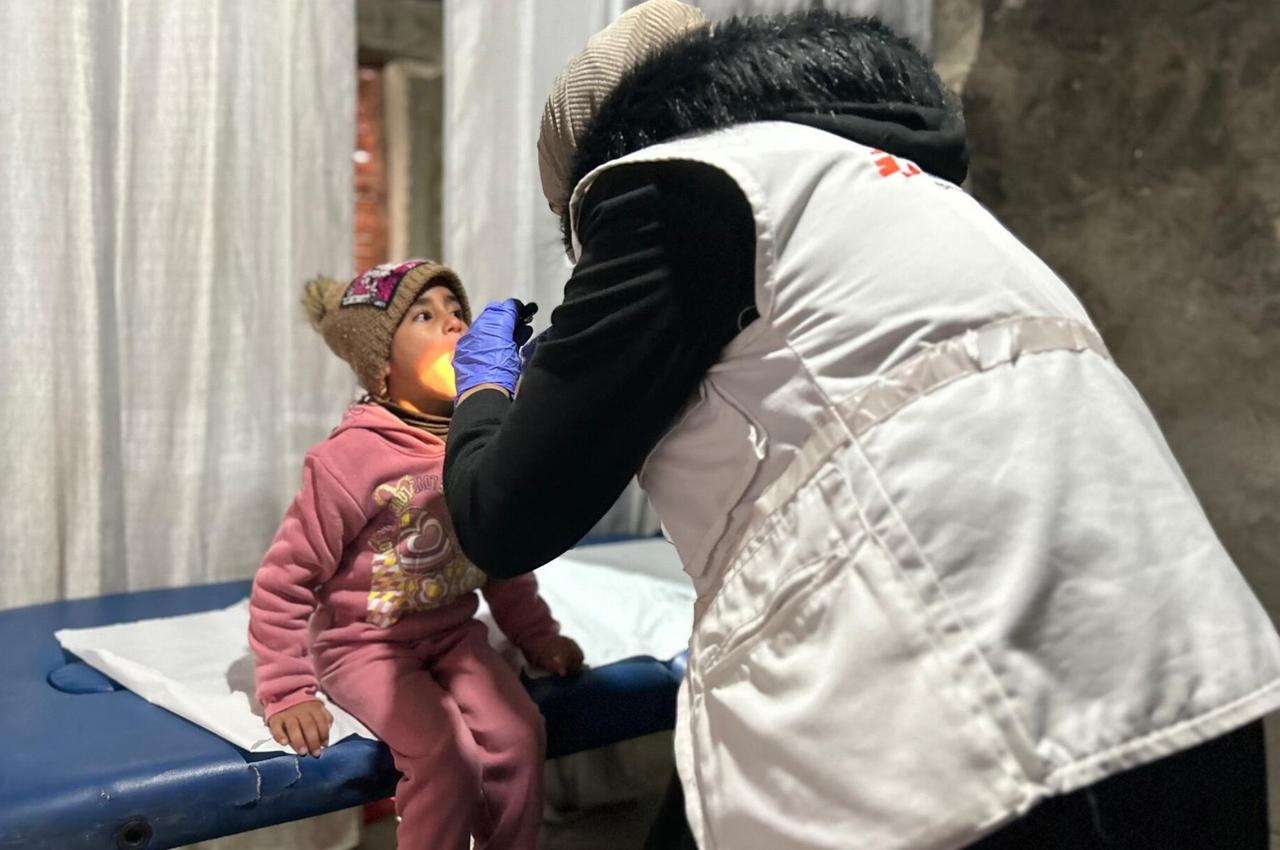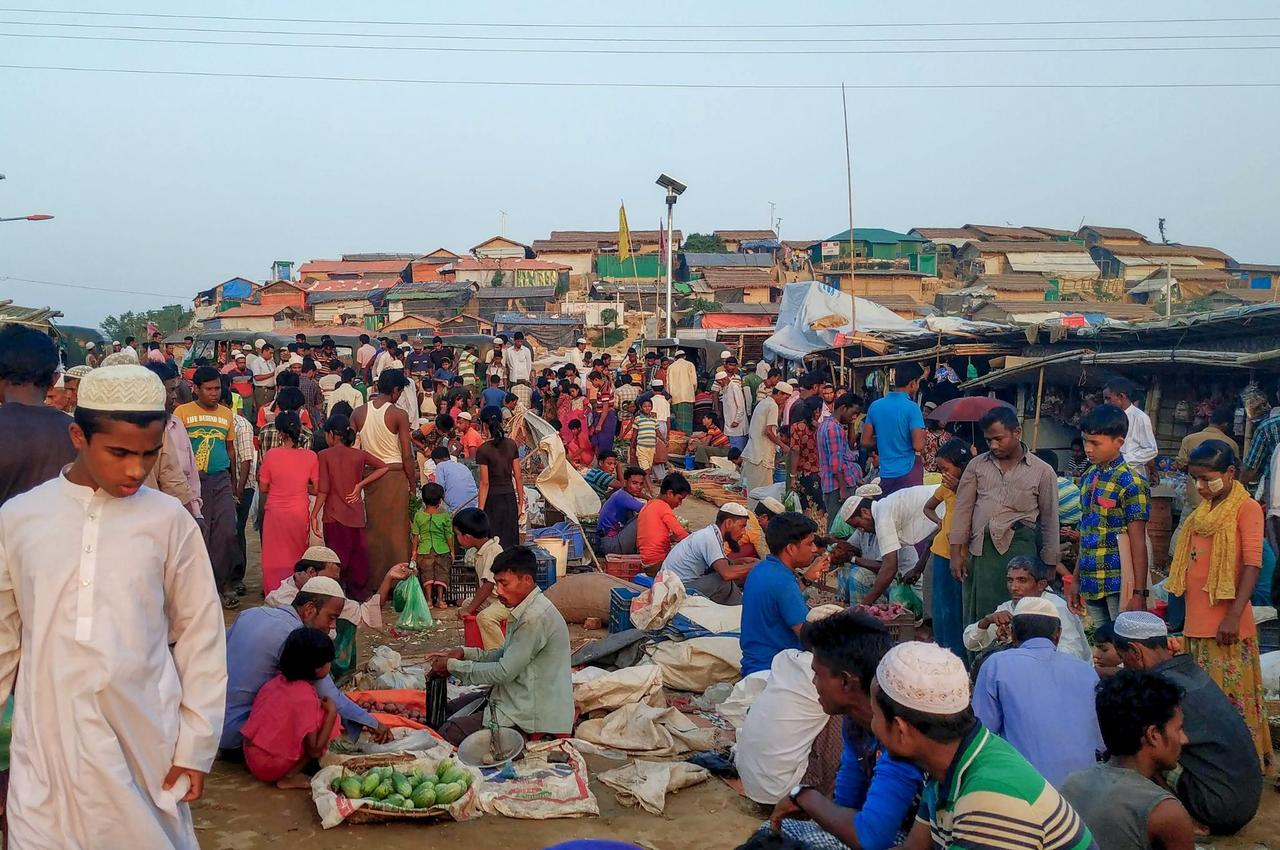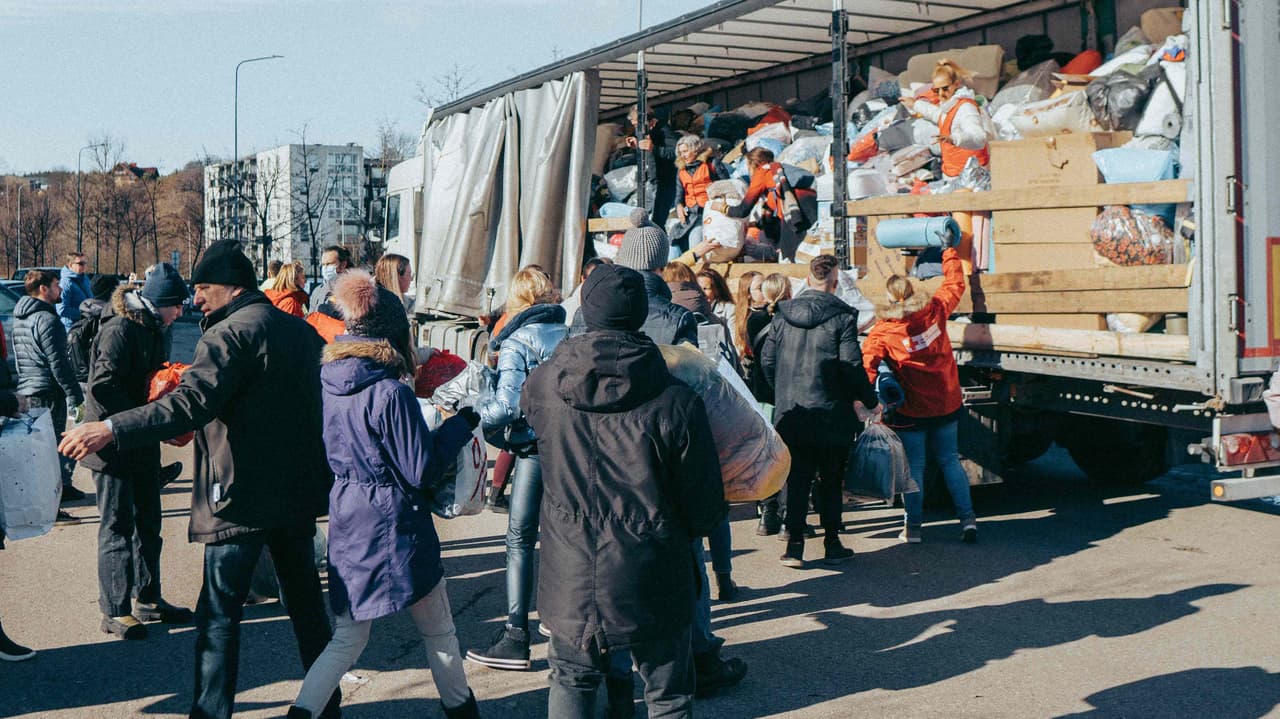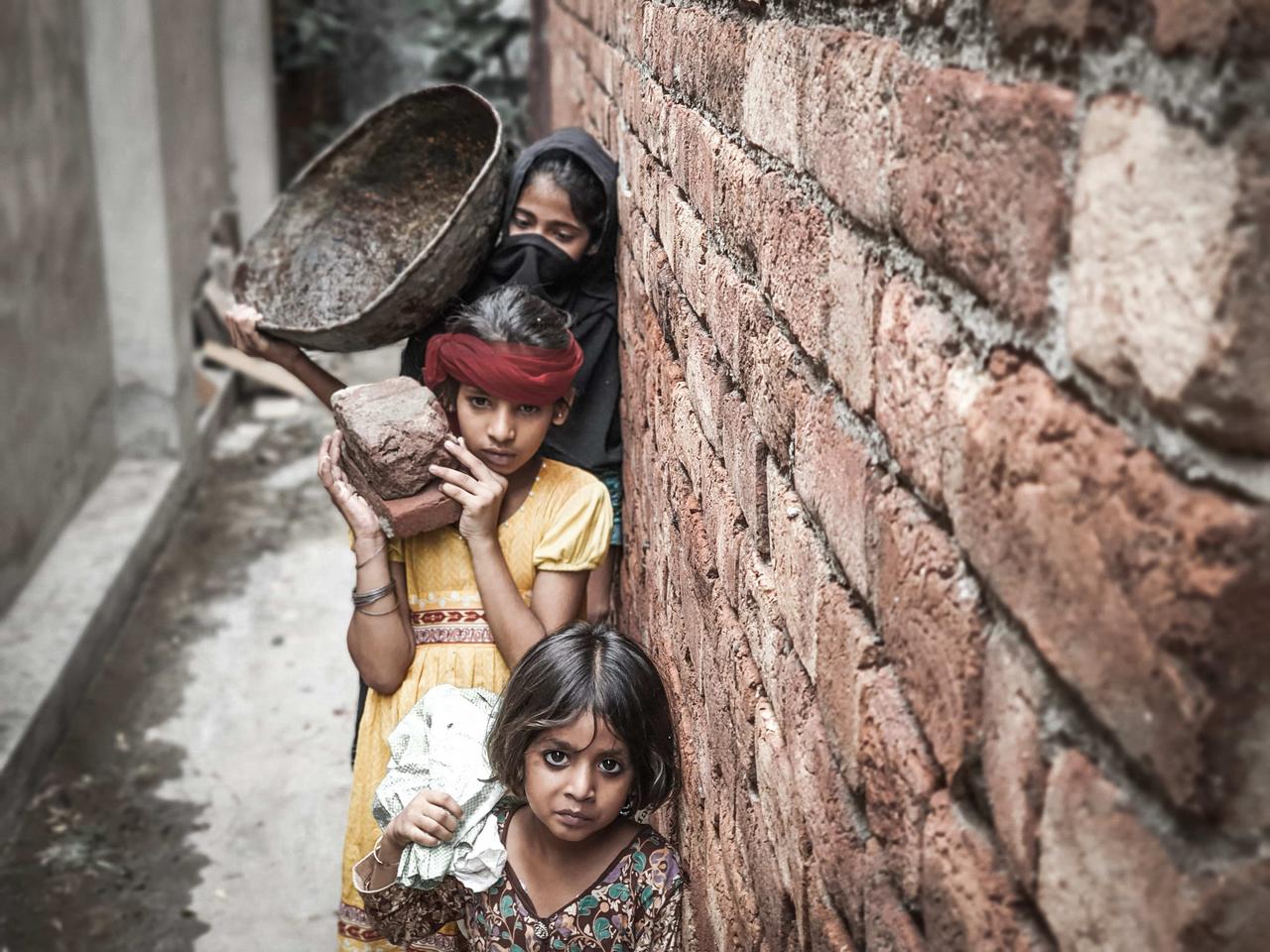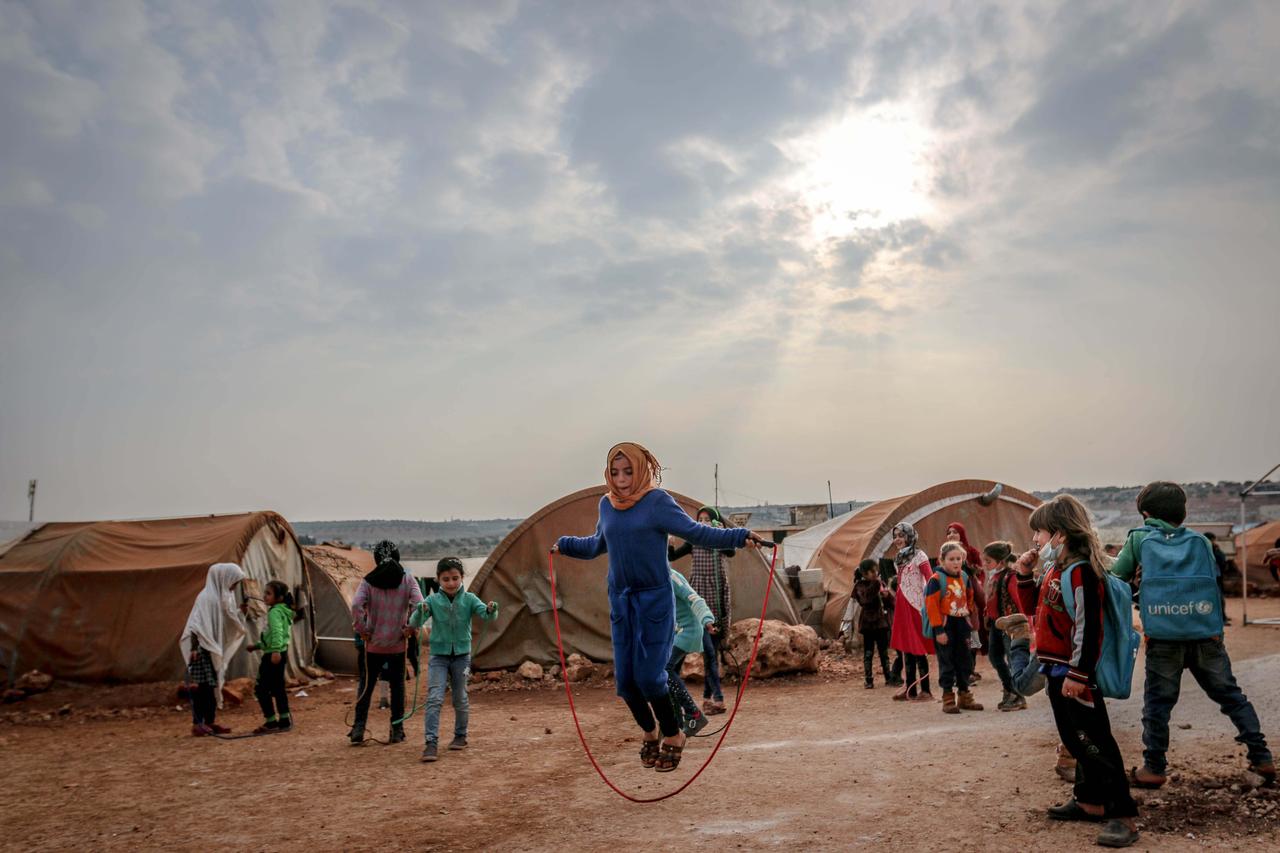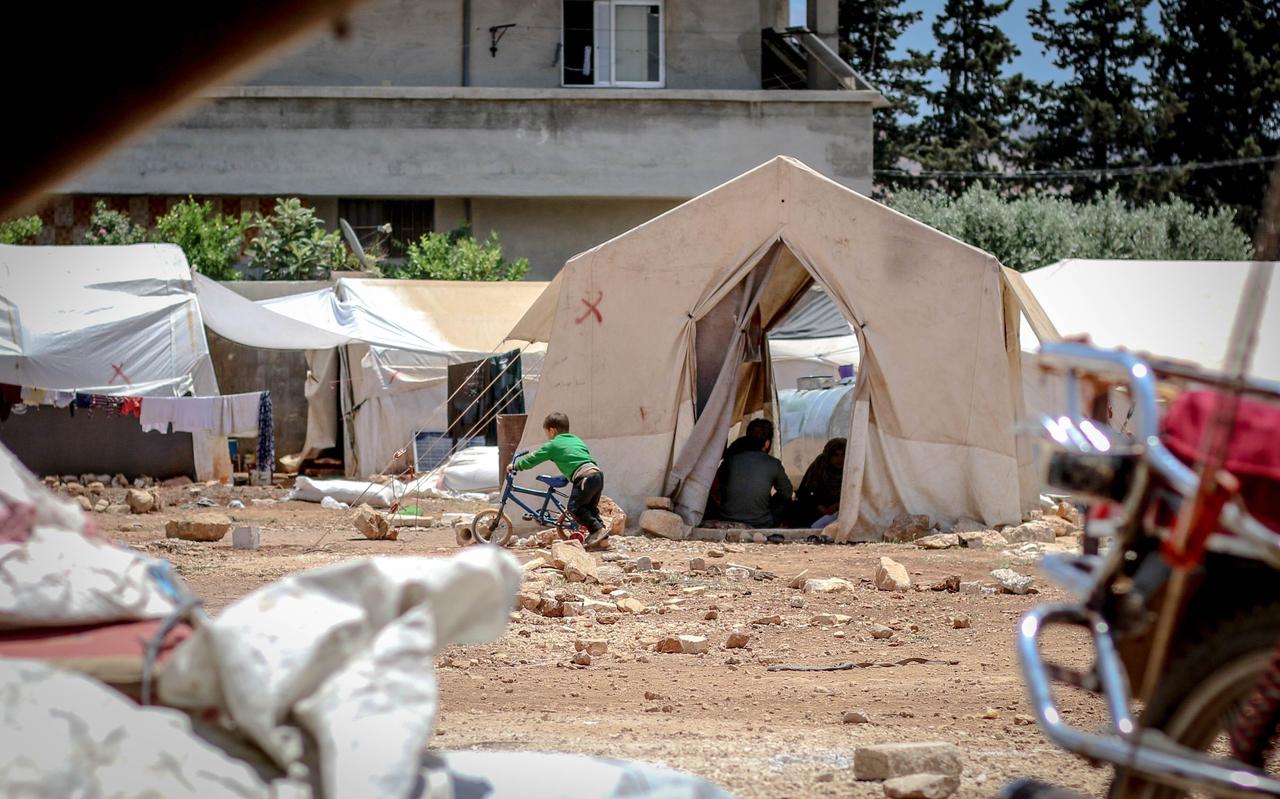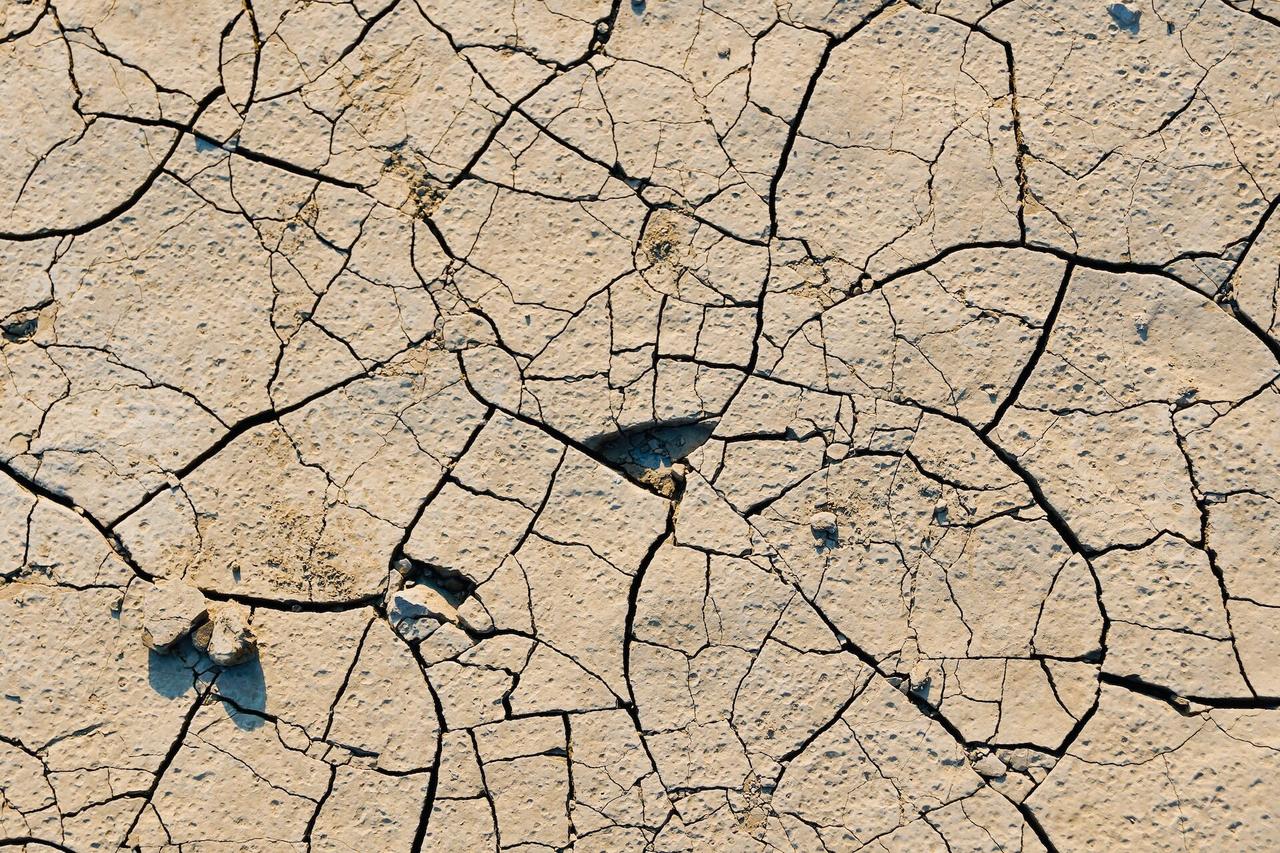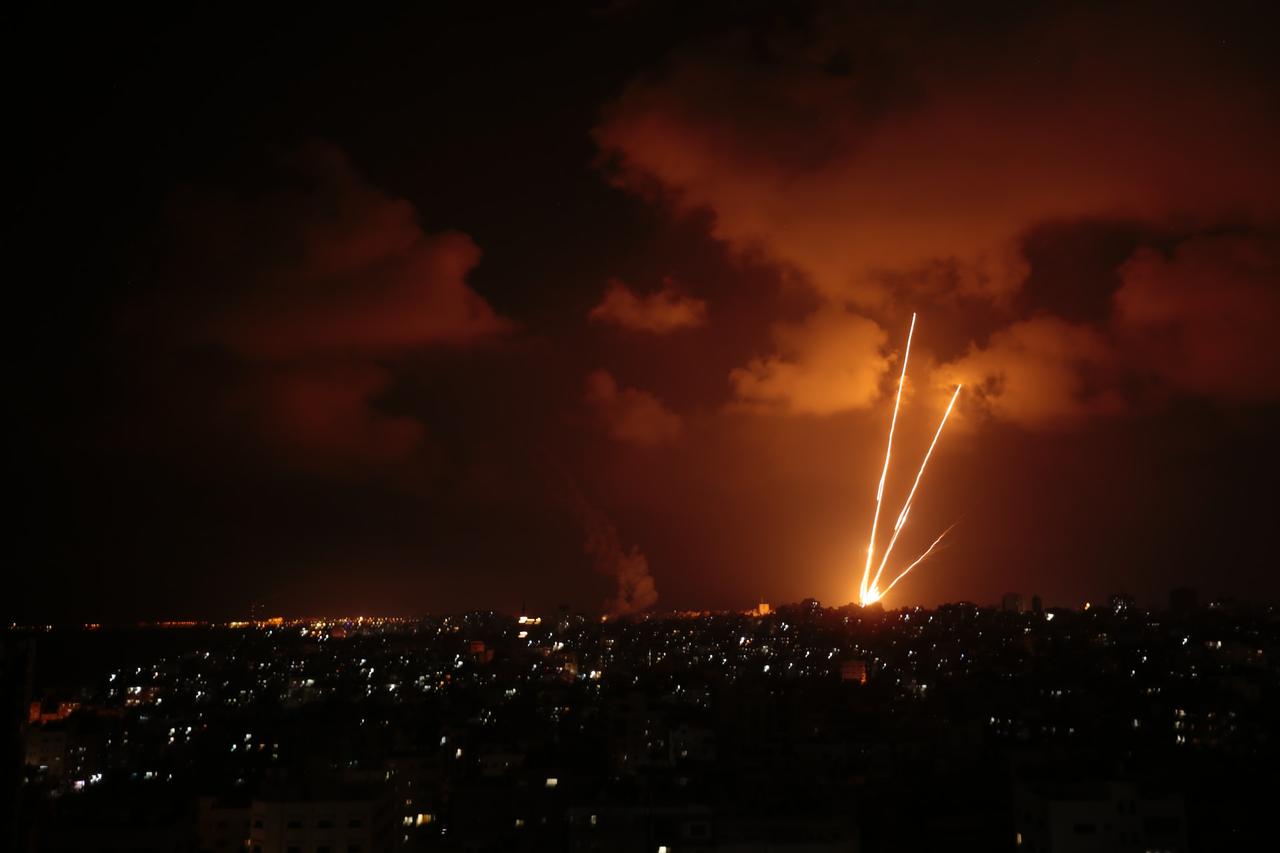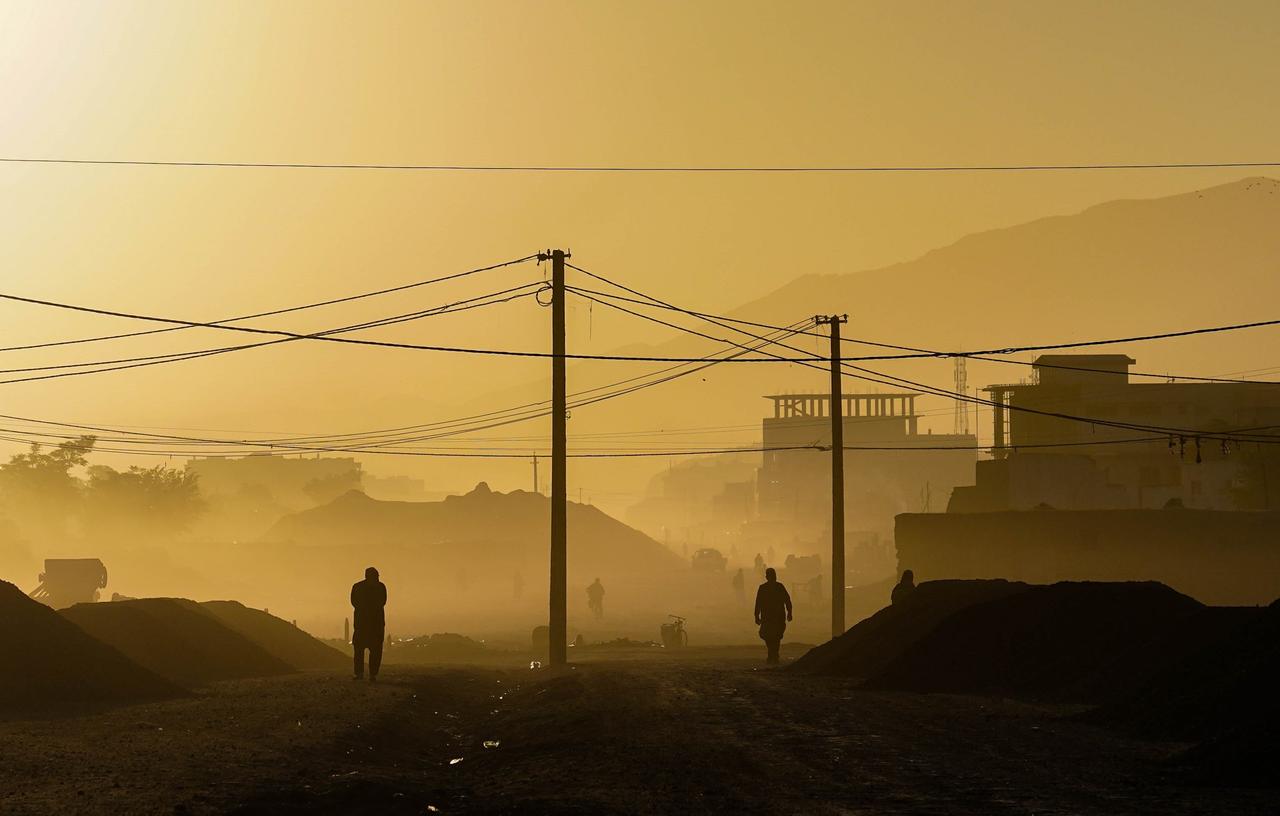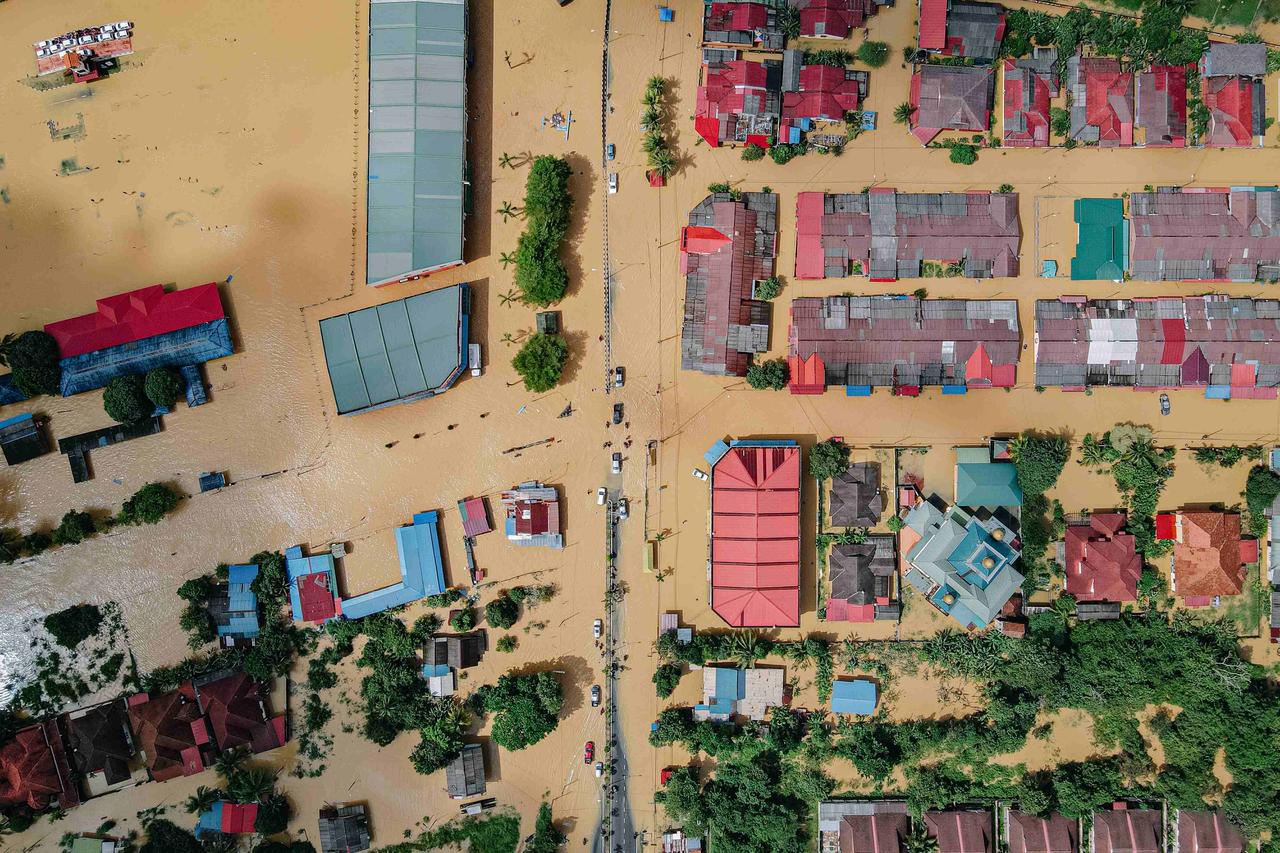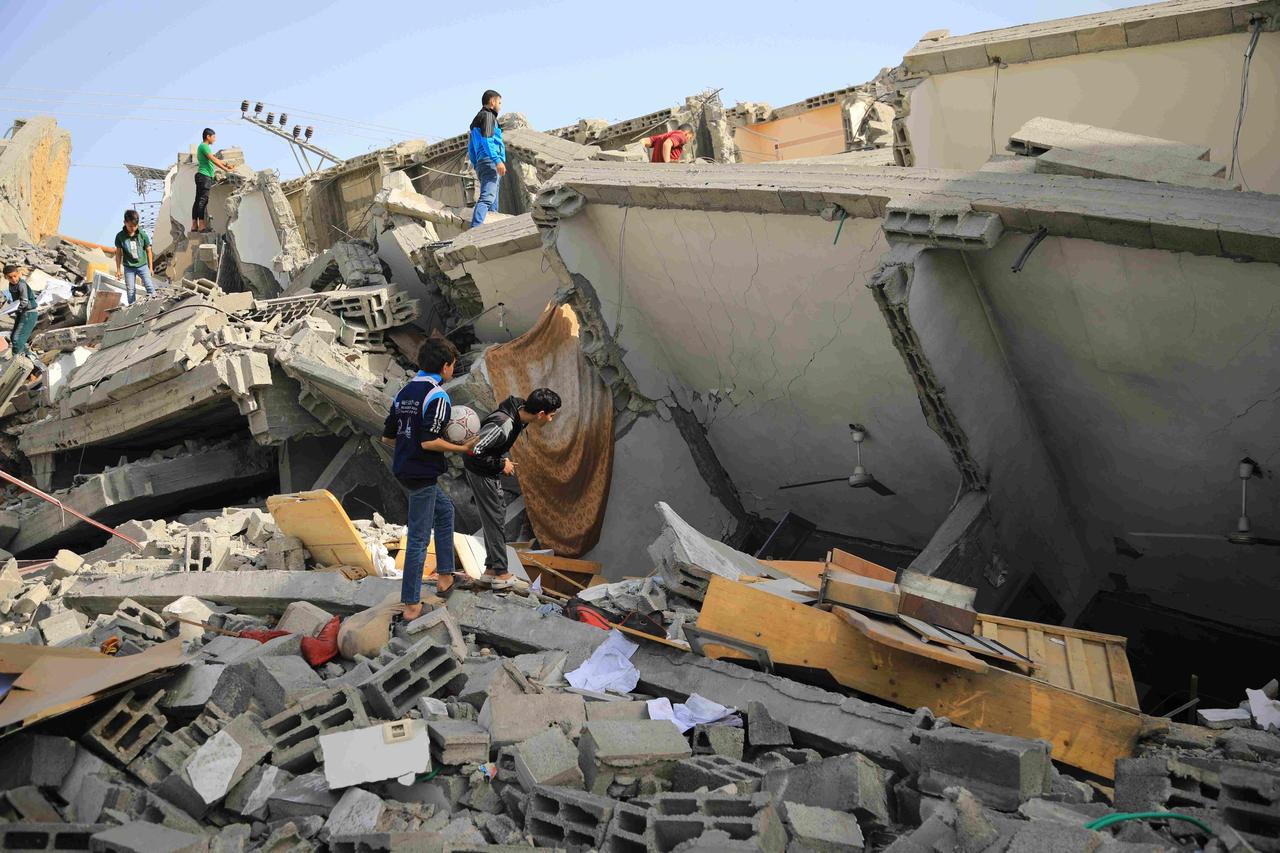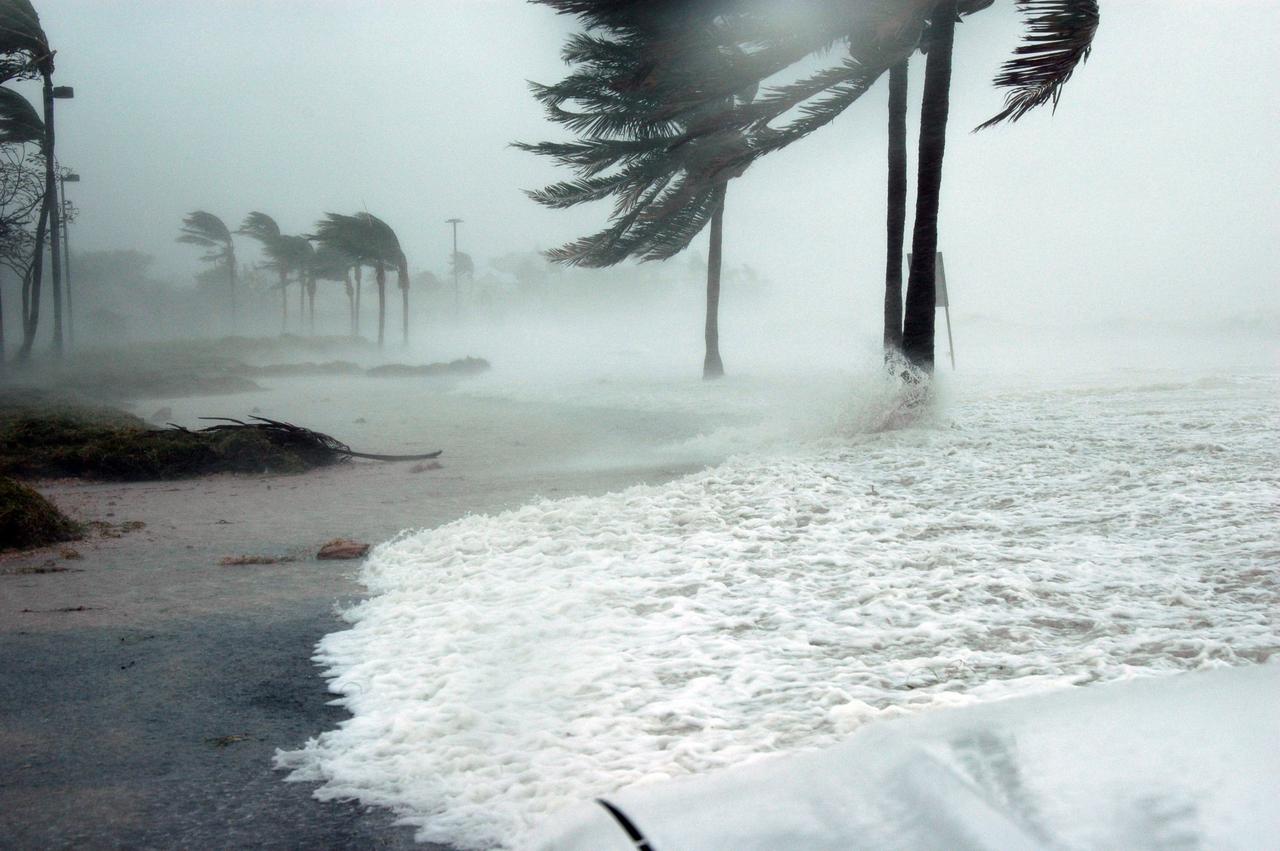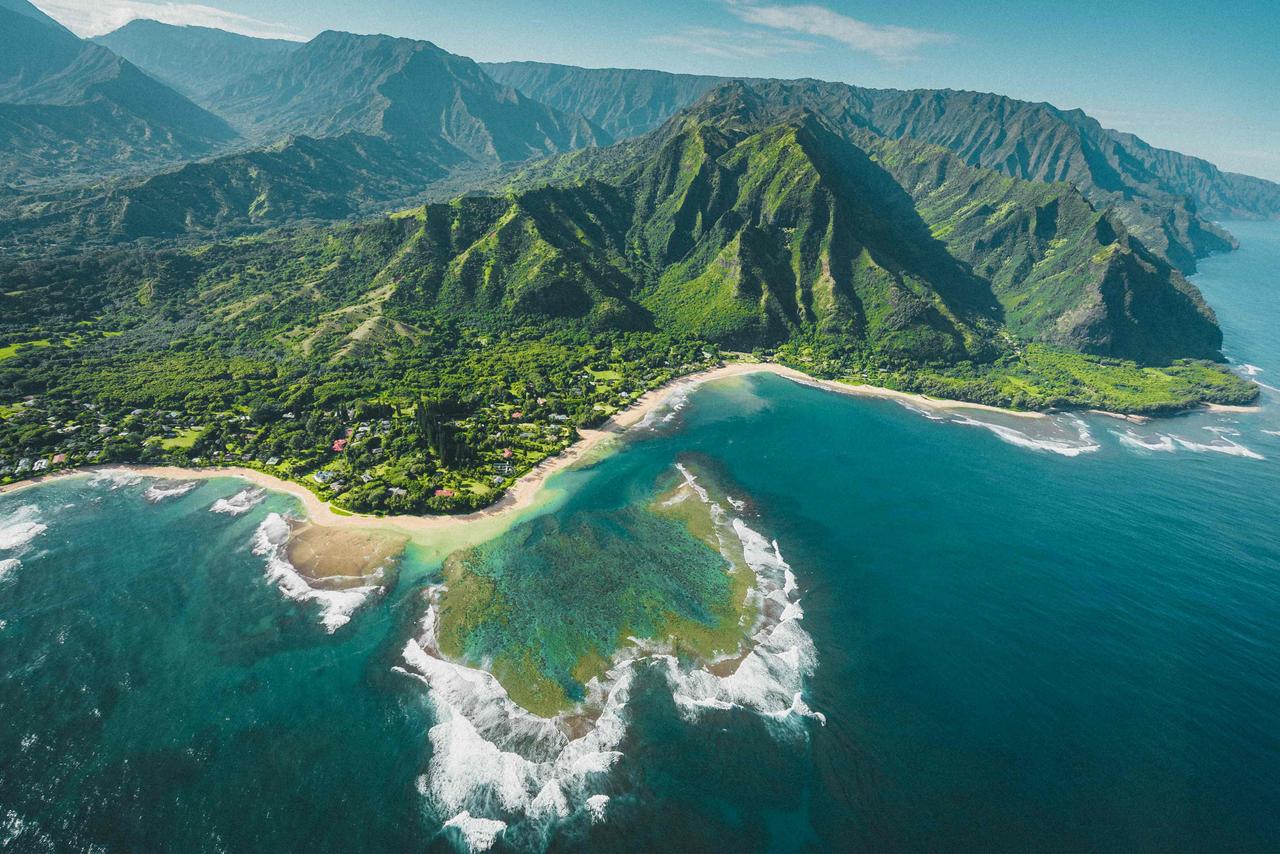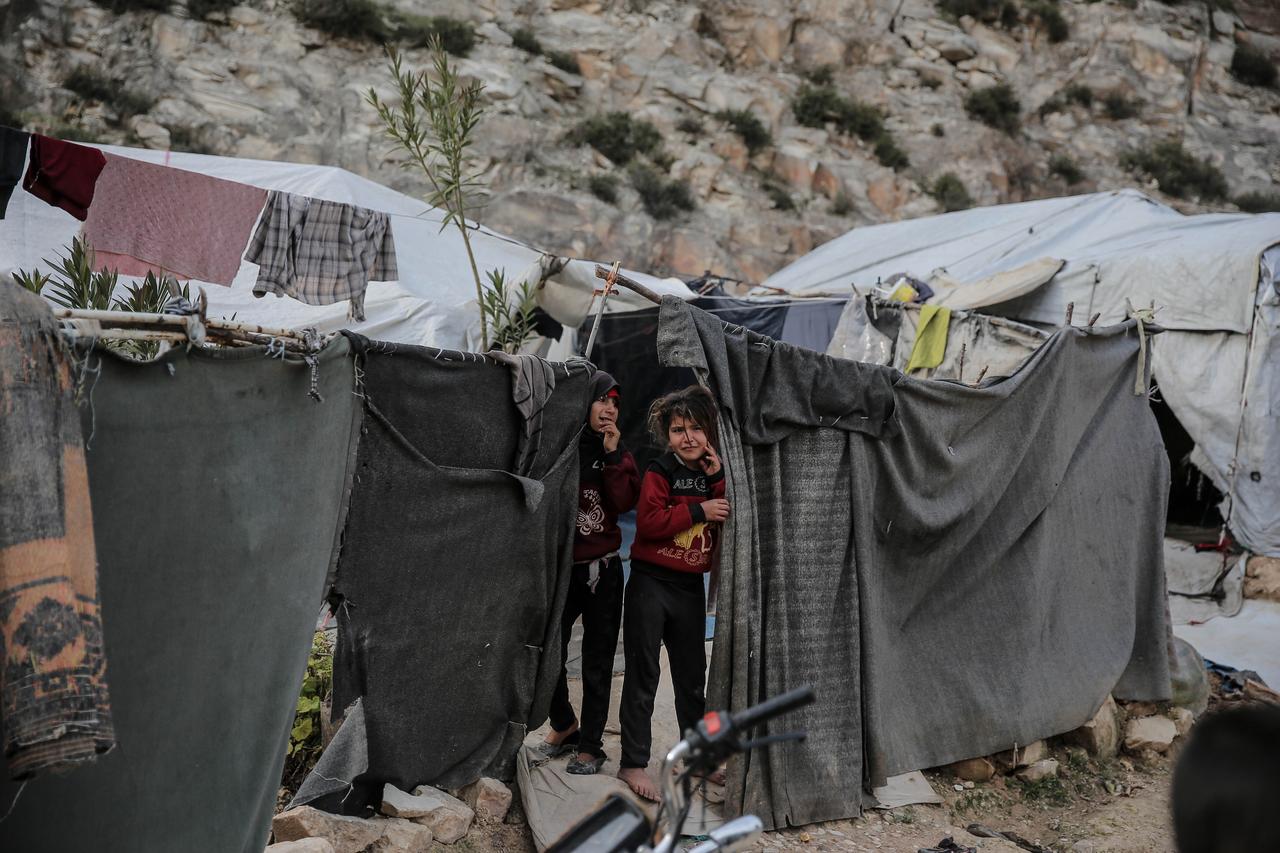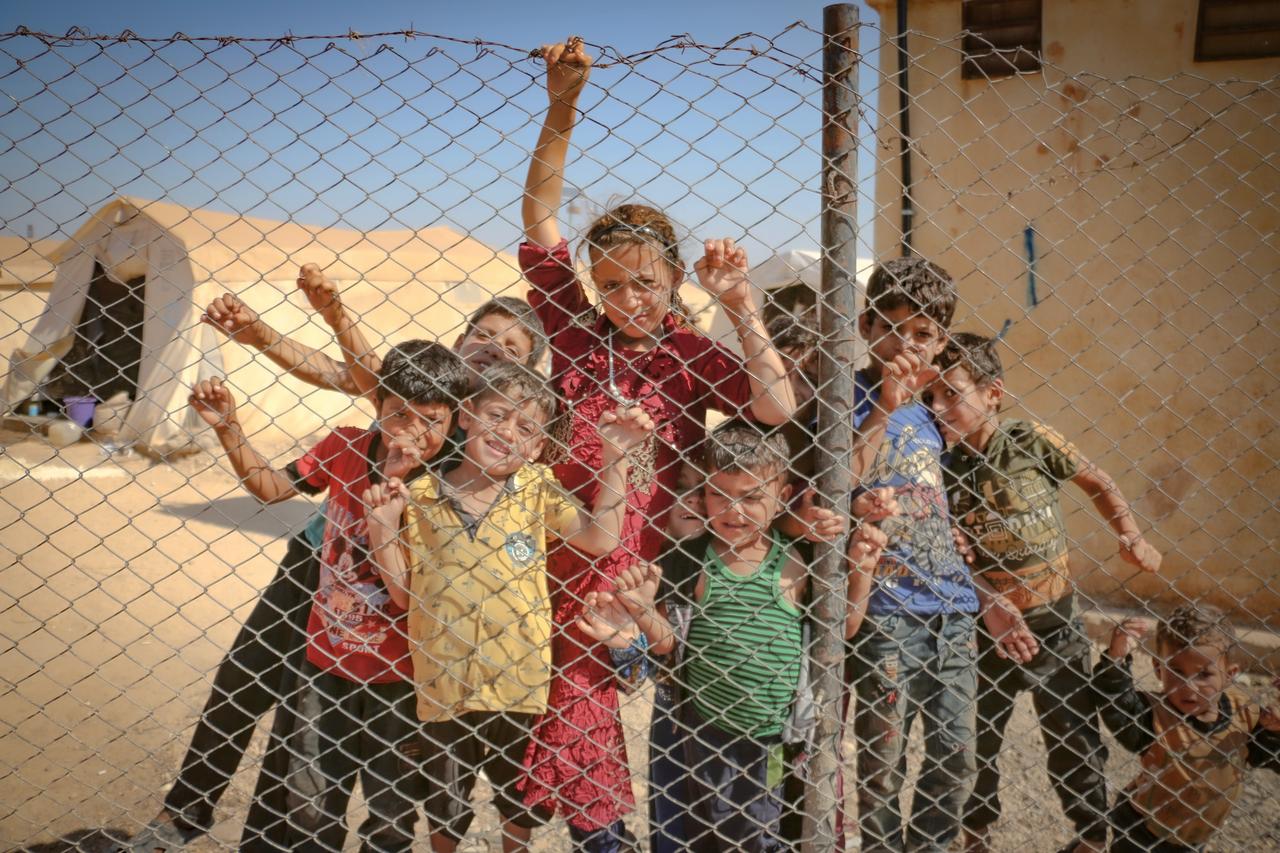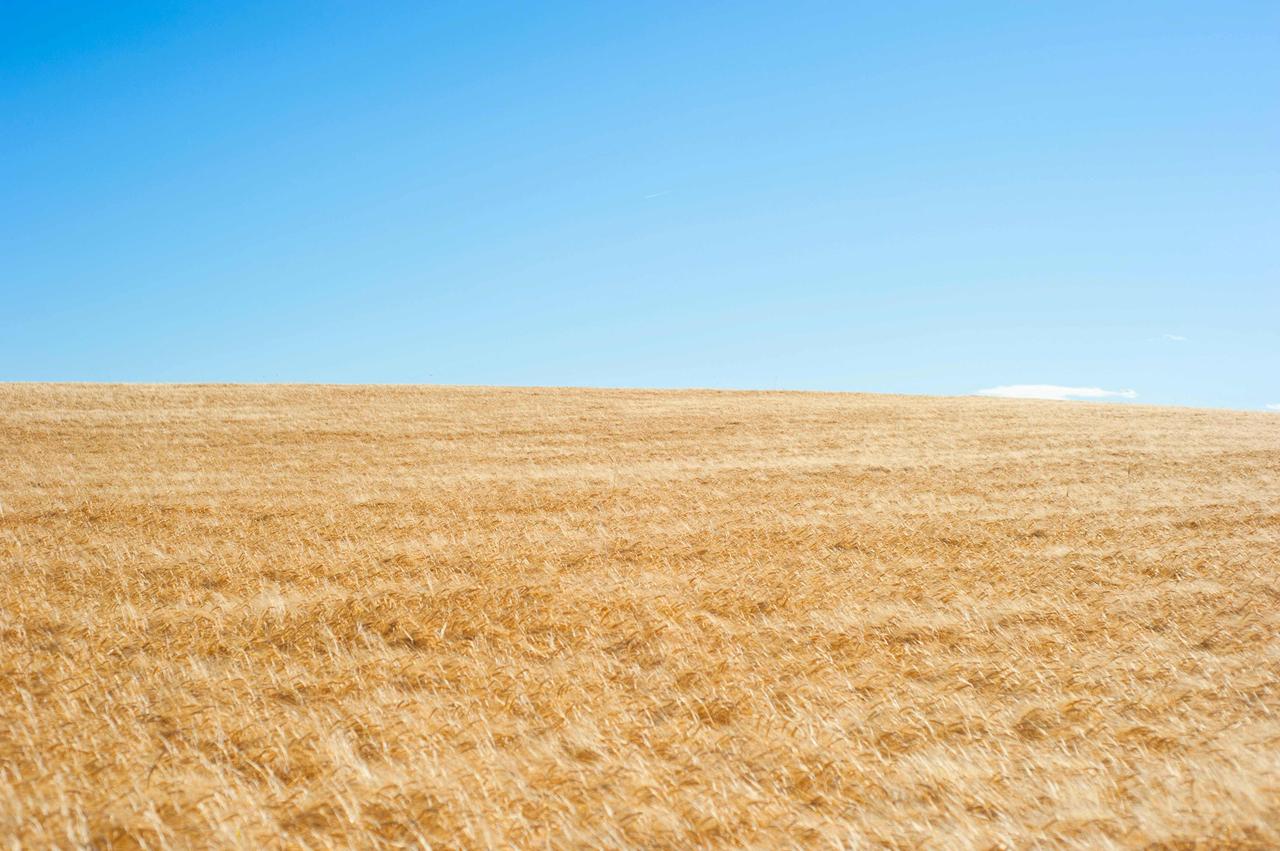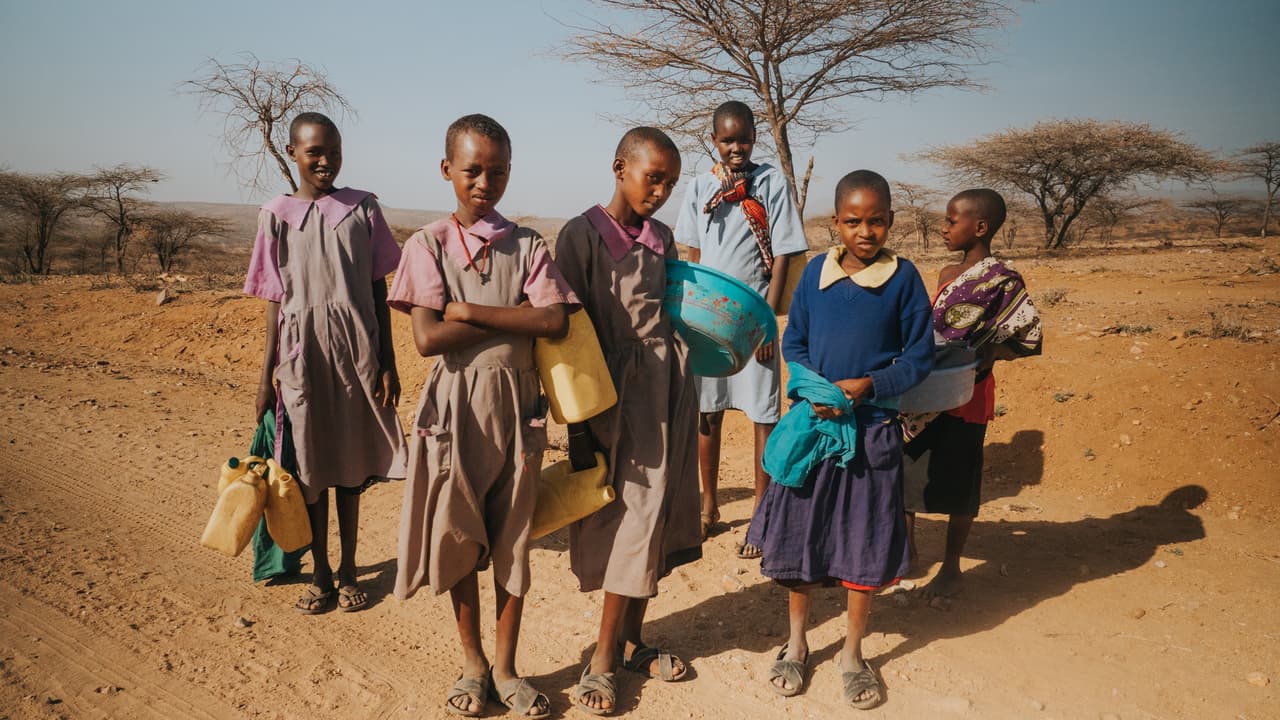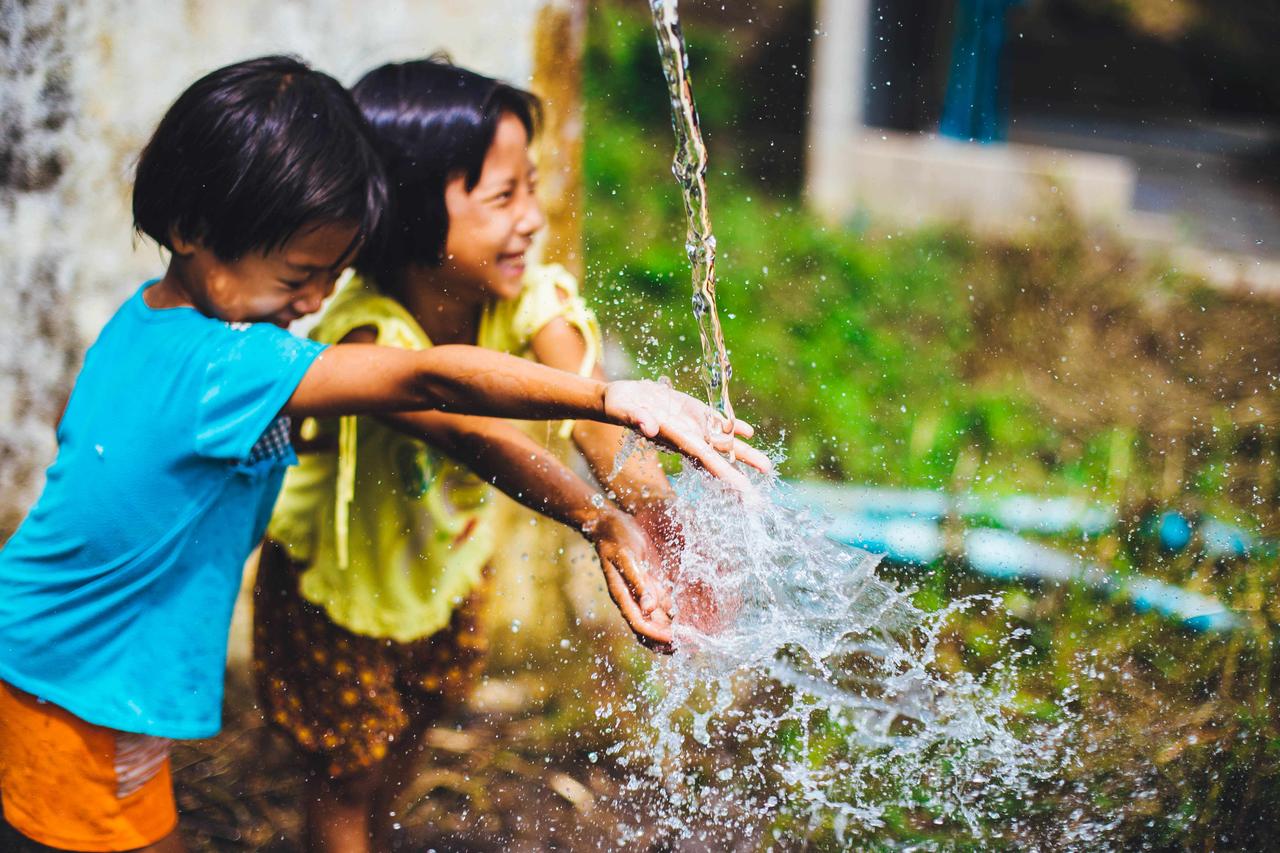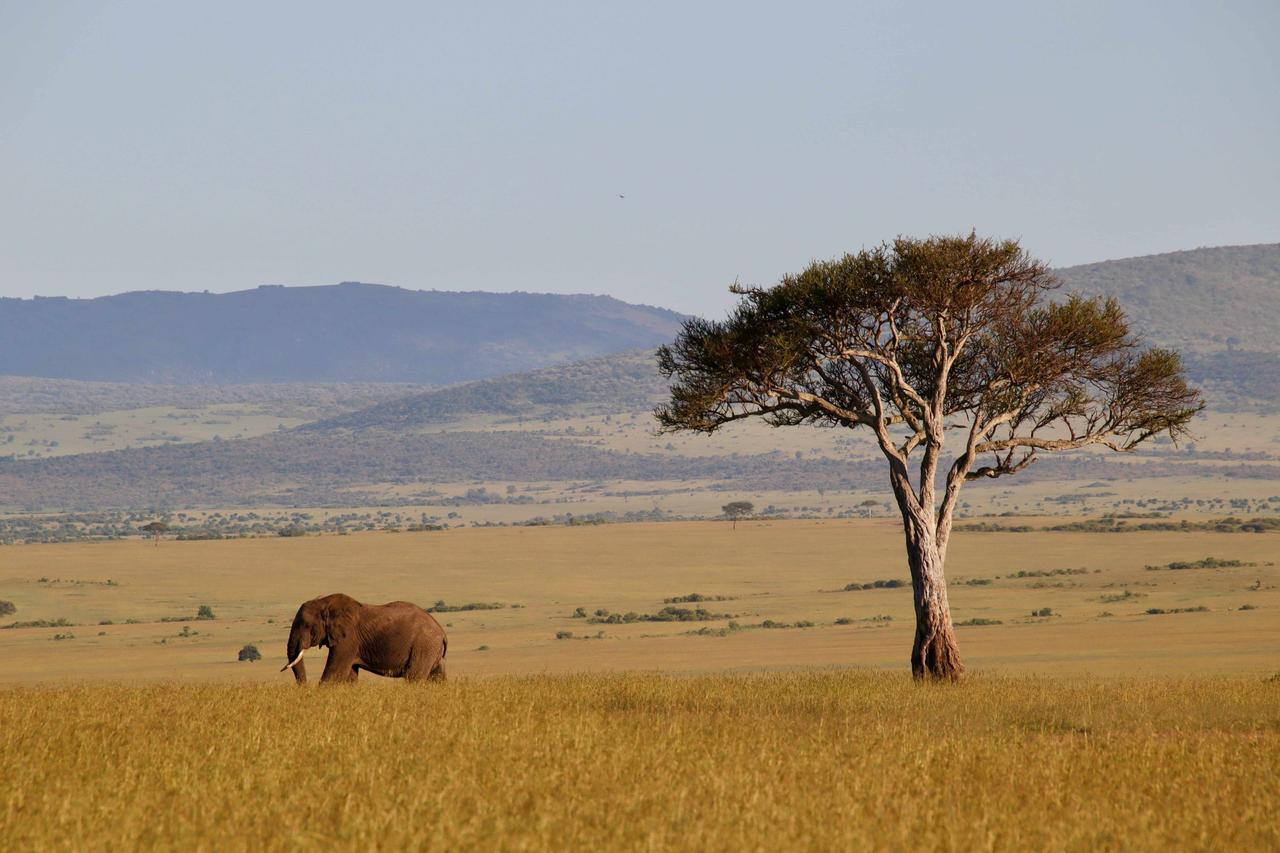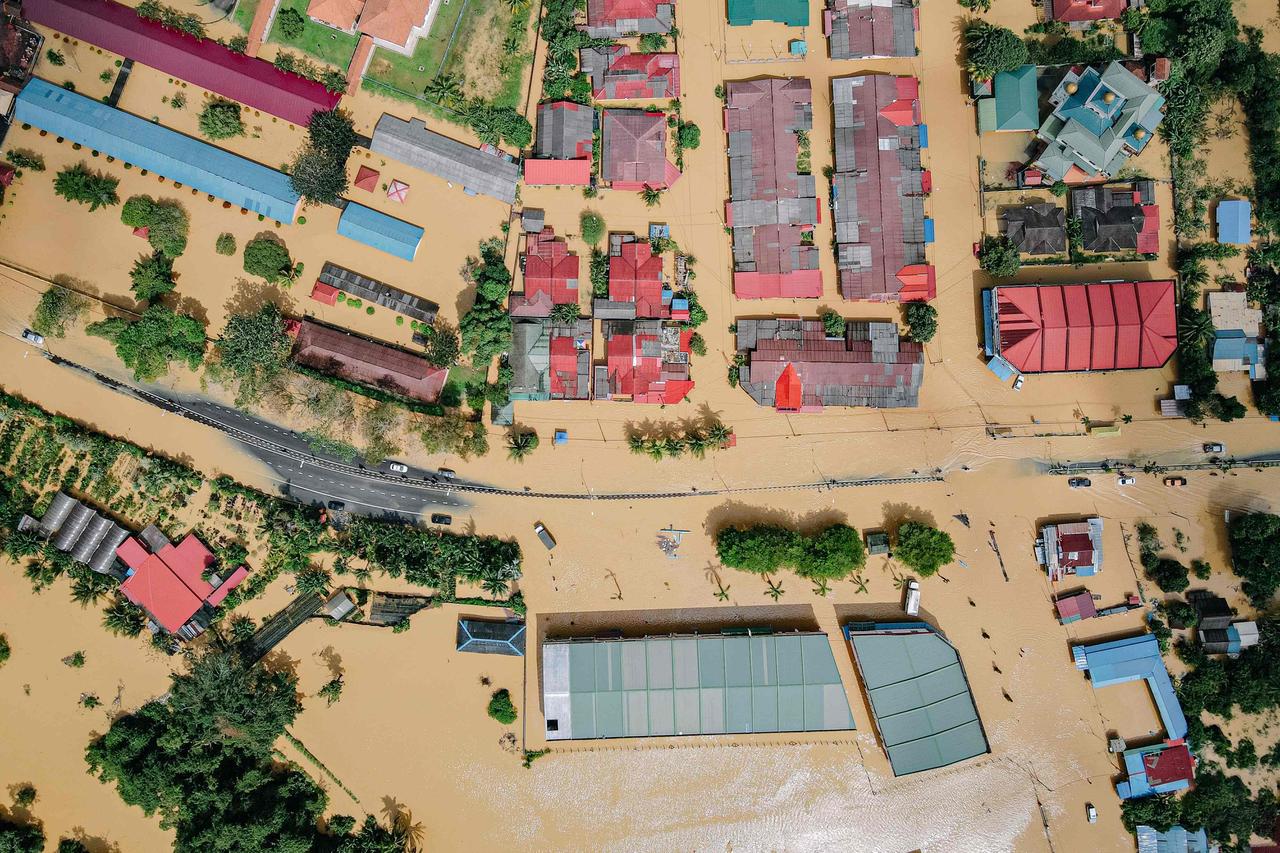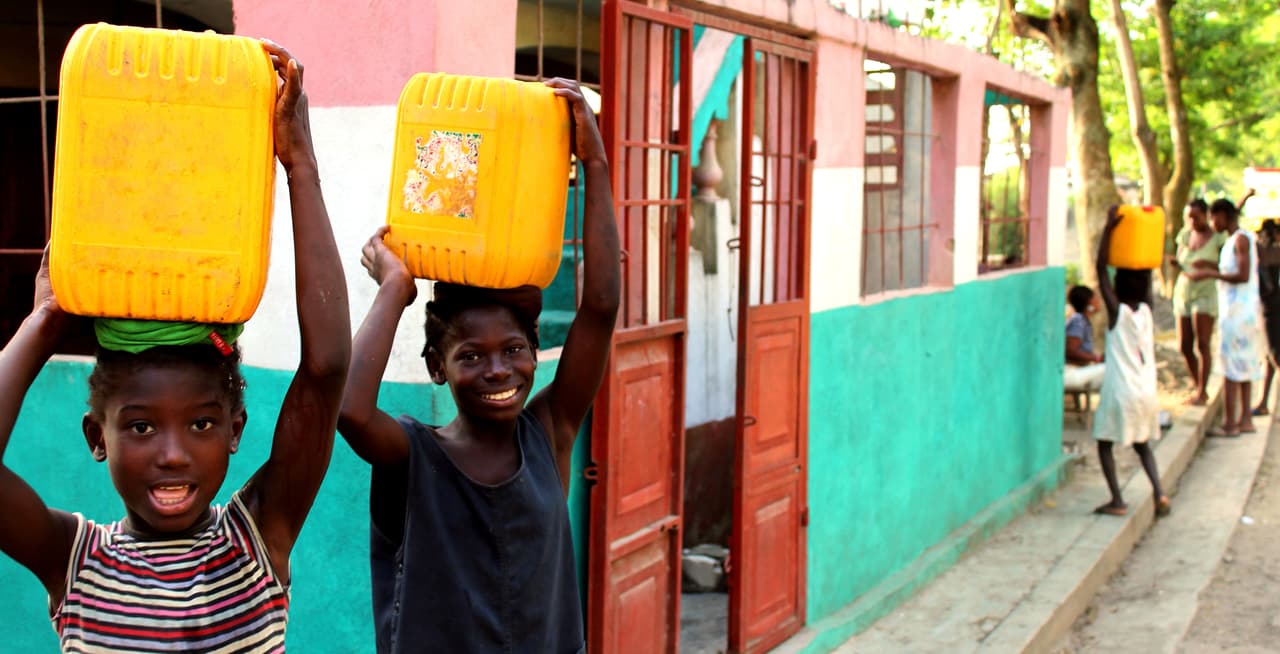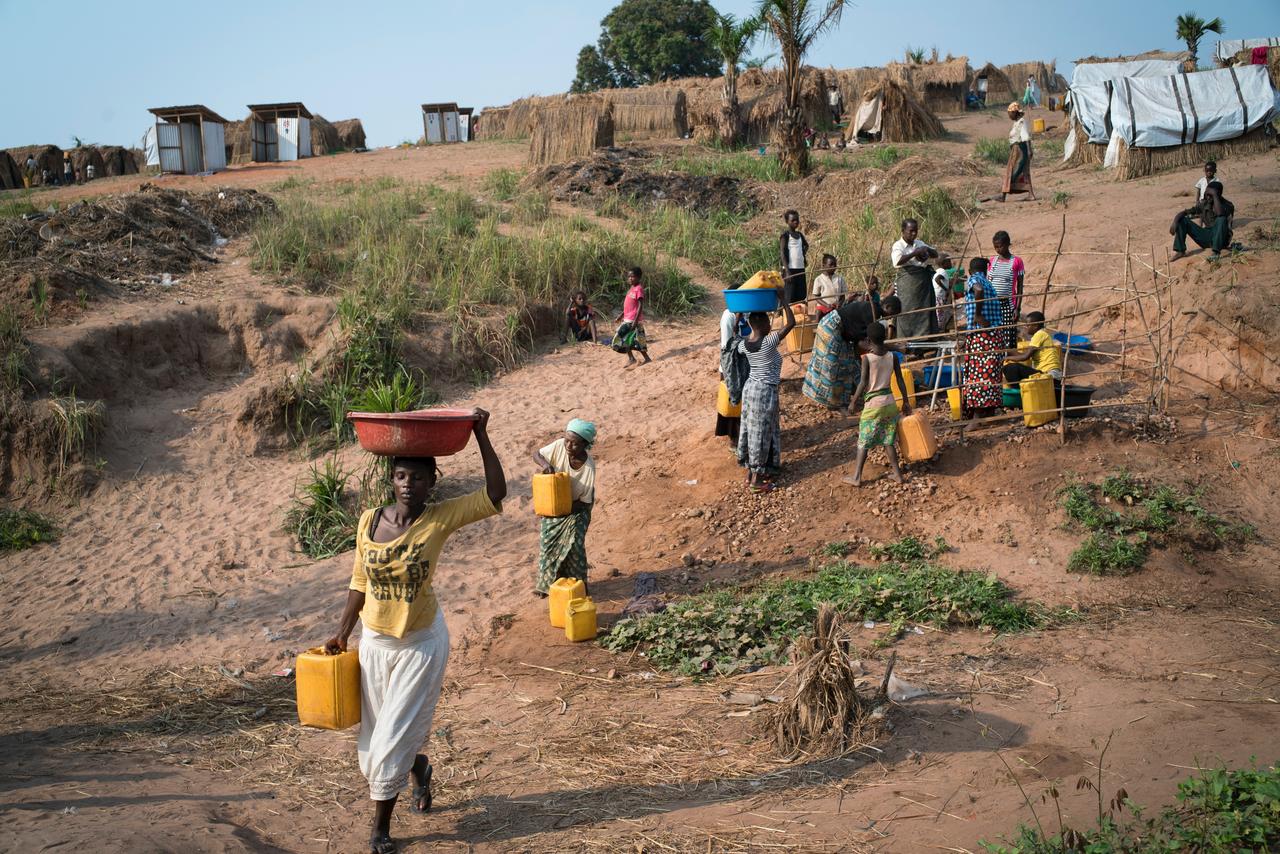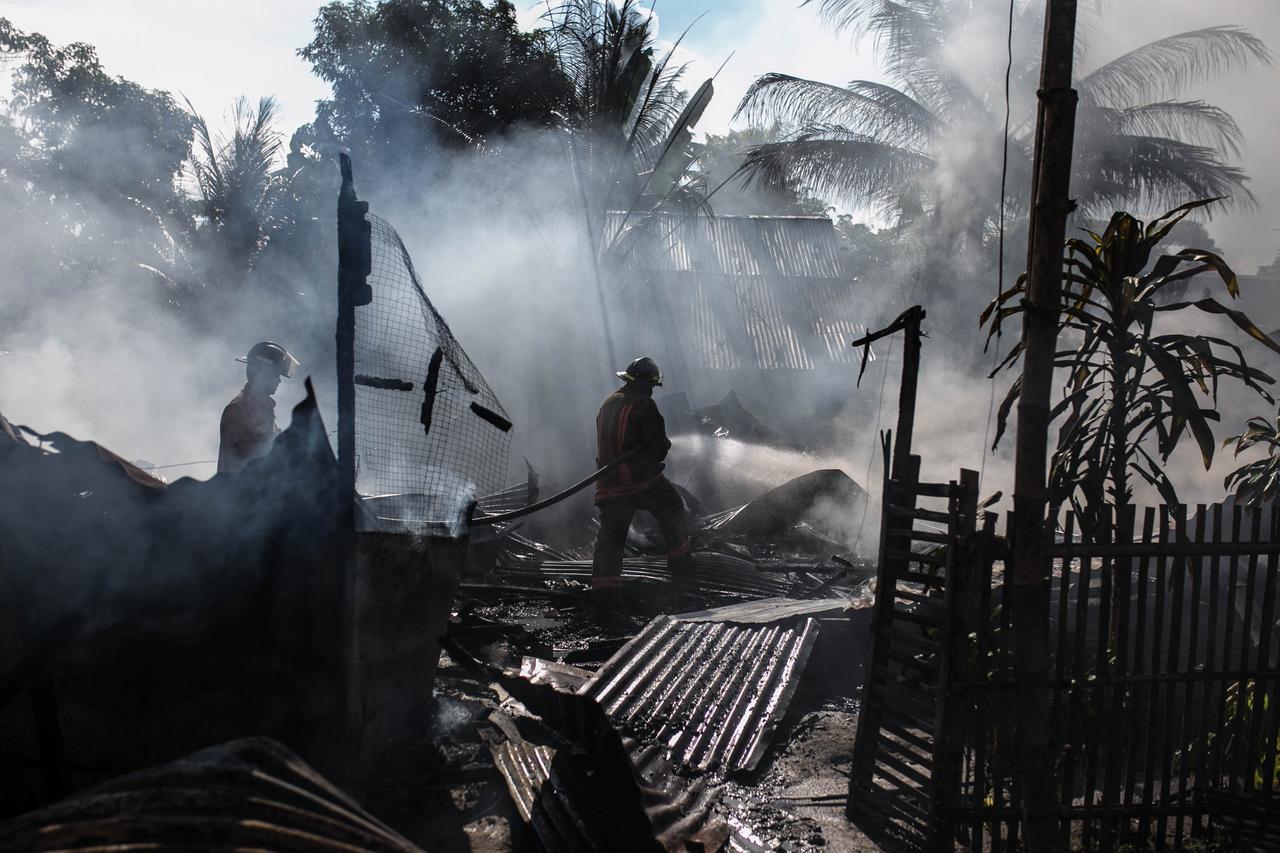
Decades ago, the severity of current natural disasters around the world would have been seen as rogue phenomenons — natural anomalies out of our control. But the ones occurring today are of our own creation.
These days, it seems extreme weather phenomena is happening everywhere — all the time. And that’s because it is. While much of it occurs naturally, climate change has aided in the creation of a frightening beast: bigger, badder and more frequent storms. Where they once occurred every 82 days, extreme events now occur an average of every 18 days.
Who is at risk?
This puts millions at risk each year — nearly 10% of global deaths are linked to extreme weather and 40% of the global population face critical states because of these events — including severe hunger, malnutrition, and poverty. Those of lower socioeconomic statuses are impacted most when these disasters strike, and it is especially apparent when these communities work to recover; inequality may be further perpetuated for those regions with weaker economic and political stability. According to the International Rescue Committee (IRC), Somalia, Syria, DRC, Afghanistan, Yemen, Chad, South Sudan, Central African Republic, Nigeria, and Ethiopia are most at risk from climate-related disasters today.
Devastating natural disasters — and more to come.
In the past few years alone, HUMANITY has felt some of the worst natural disasters, including:
- Drought in East Africa — Millions face famine as climate change has made droughts more than 100 times more likely in East Africa; it is estimated one person dies every 48 seconds from hunger.
- Earthquake in Turkey-Syria — Earthquakes that hit the region in 2023 claimed the lives of 55,000 people and injured 130,000. Millions more were displaced; the region still continues its efforts to recover.
- Heat Waves in Europe — An estimated 60,000 people were estimated to have died from heat-related deaths between June and August 2022. Italy, Spain, and Germany were some of the countries hit hardest.
- Floods in Pakistan — The country saw its worst flooding in a decade in 2020 — putting millions at risk of food shortages and displacing thousands of others.
What’s driving these events?
While the severity of these disasters have reached unforeseen extremes, they are not surprising. Fossil fuels are the largest contributor to climate change and air pollution — and they are still being consumed at levels higher than they were a half-century ago. As we continue to use these nonrenewable resources at alarming rates, HUMANITY will continue to be impacted by a changed climate, and thus, a changed planet. It's more imperative than ever that we don't accept extreme weather as our new normal — or else we risk humanitarian calamity.
___
Be the good kind of change for HUMANITY.
Donate with #VAKOVAKO.




